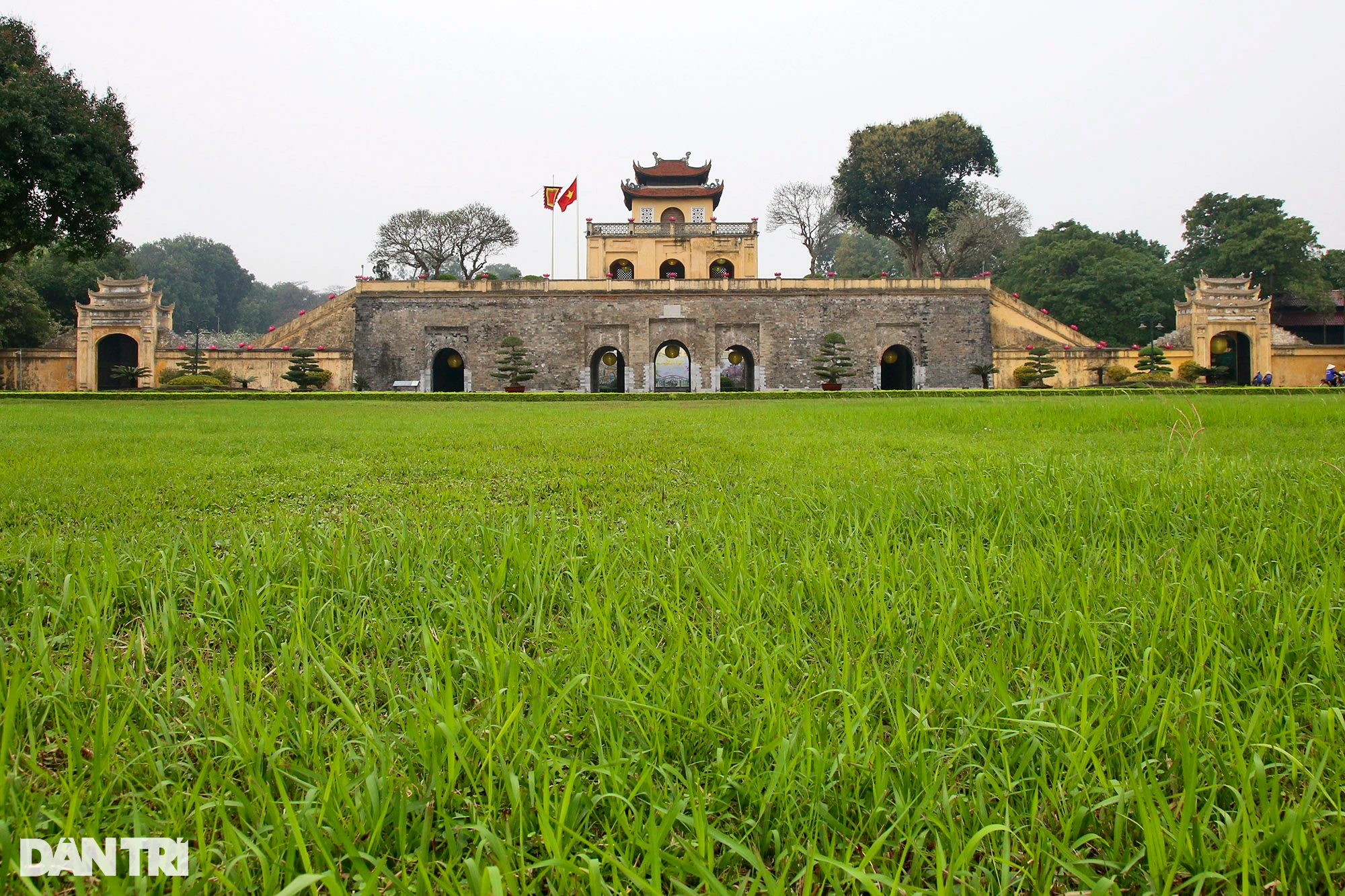
Doan Mon - the southern gate of the Forbidden City (also known as Long Thanh, or Long Phuong Thanh) - has a U-shaped structure facing the inside of the Forbidden City, built of stone and bricks. This is the residence of the king and the royal family, and also the place where the royal court works.
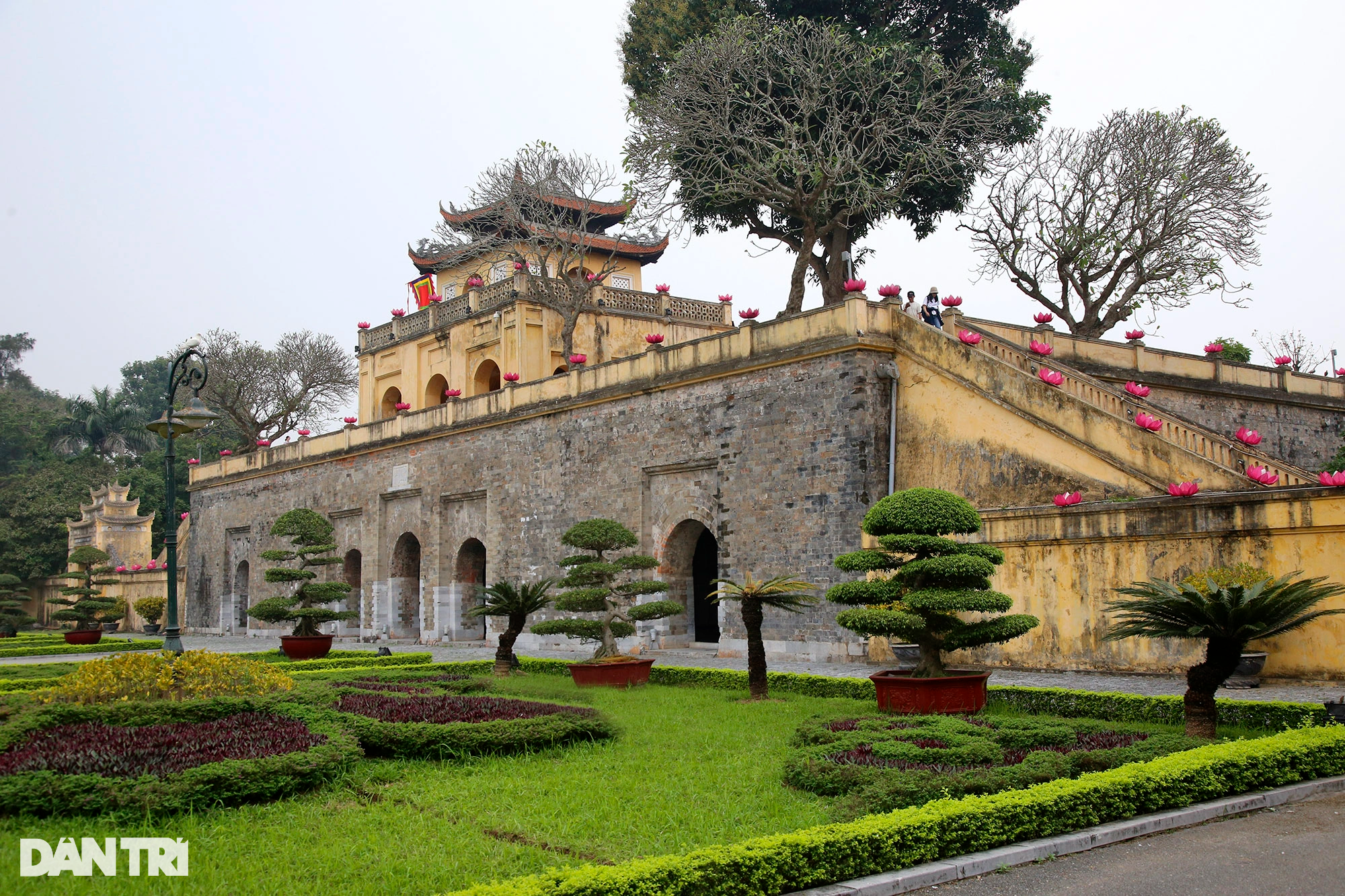
Thang Long Citadel consists of three walls: The outer wall is called La Thanh; The middle wall is Hoang Thanh; The innermost wall is Cam Thanh. This is one of the most important remaining structures of Thang Long Citadel.
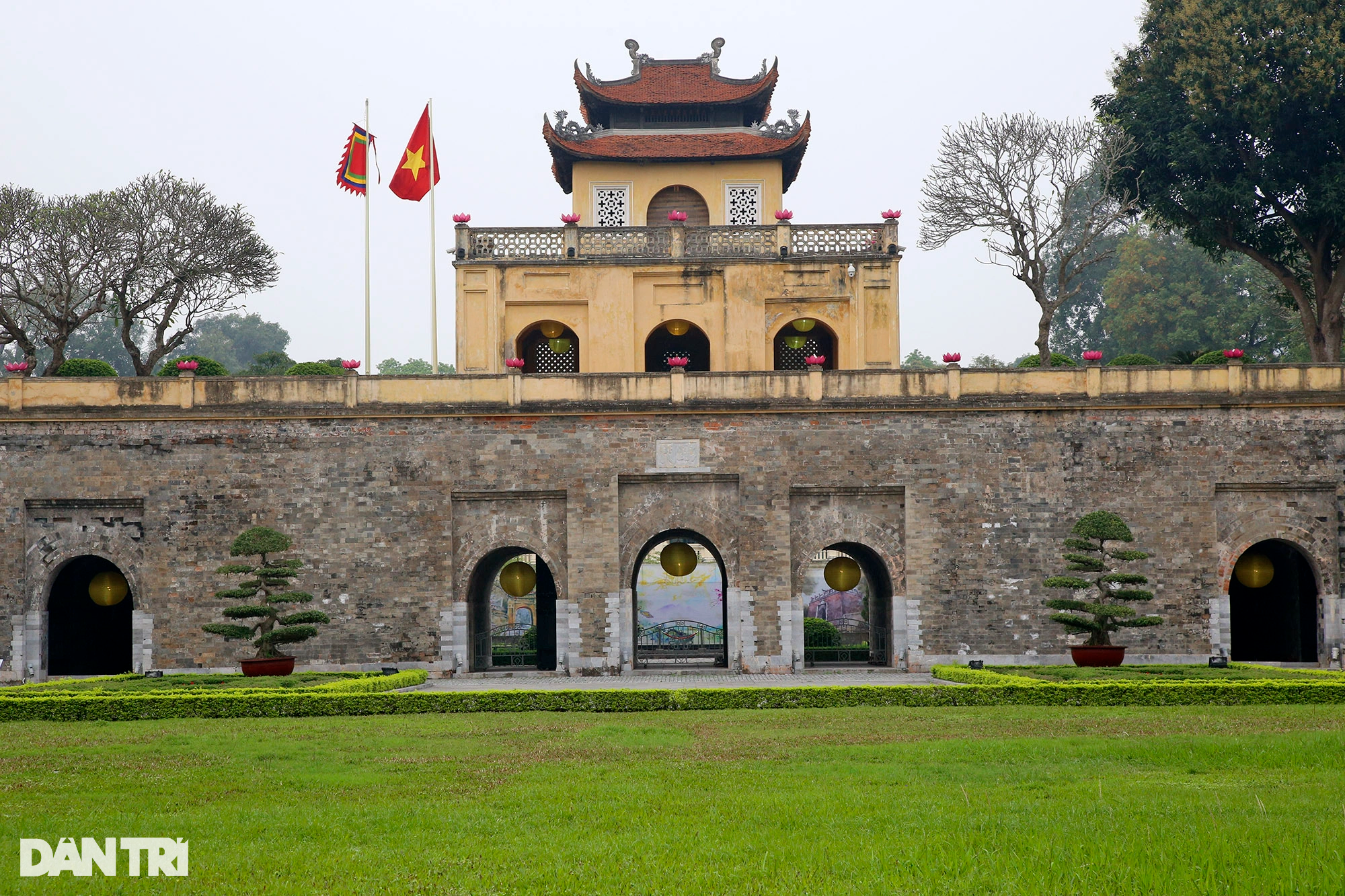
From East to West, Doan Mon is 46.5m long, with a 3-storey structure. The bottom floor of Doan Mon was built in the style of an ancient citadel wall with five arched gates that are almost perfectly symmetrical across the "divine axis", also known as the "central axis" of the Imperial City. There are 5 arches, the middle arch is only for the king to enter.
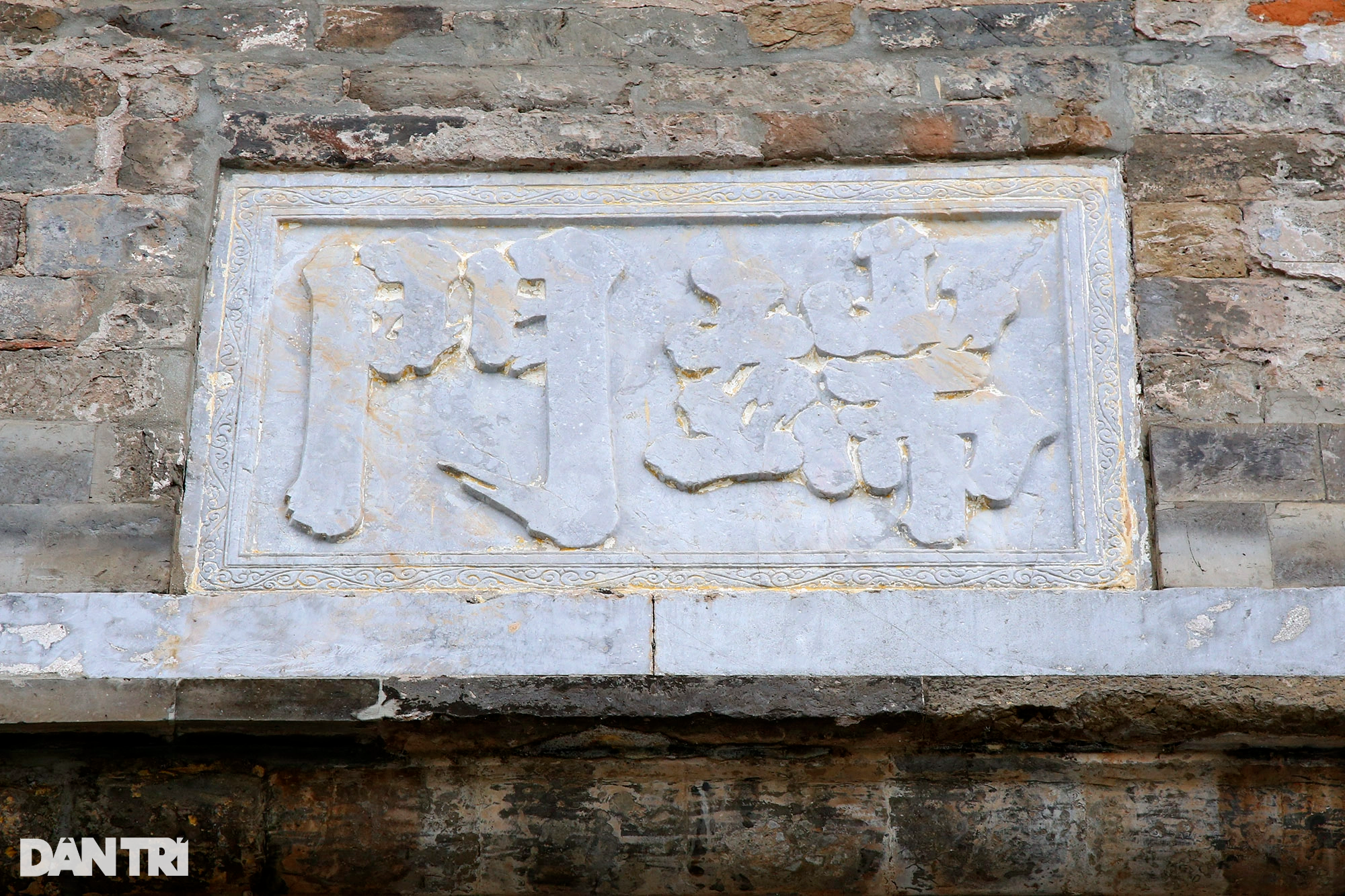
Based on the grand scale of Doan Mon, one can see how majestic the Forbidden City was in the past. Above the main gate, there is still a stone plaque with two Chinese characters "Doan Mon" which is determined to be from the Ly Dynasty.
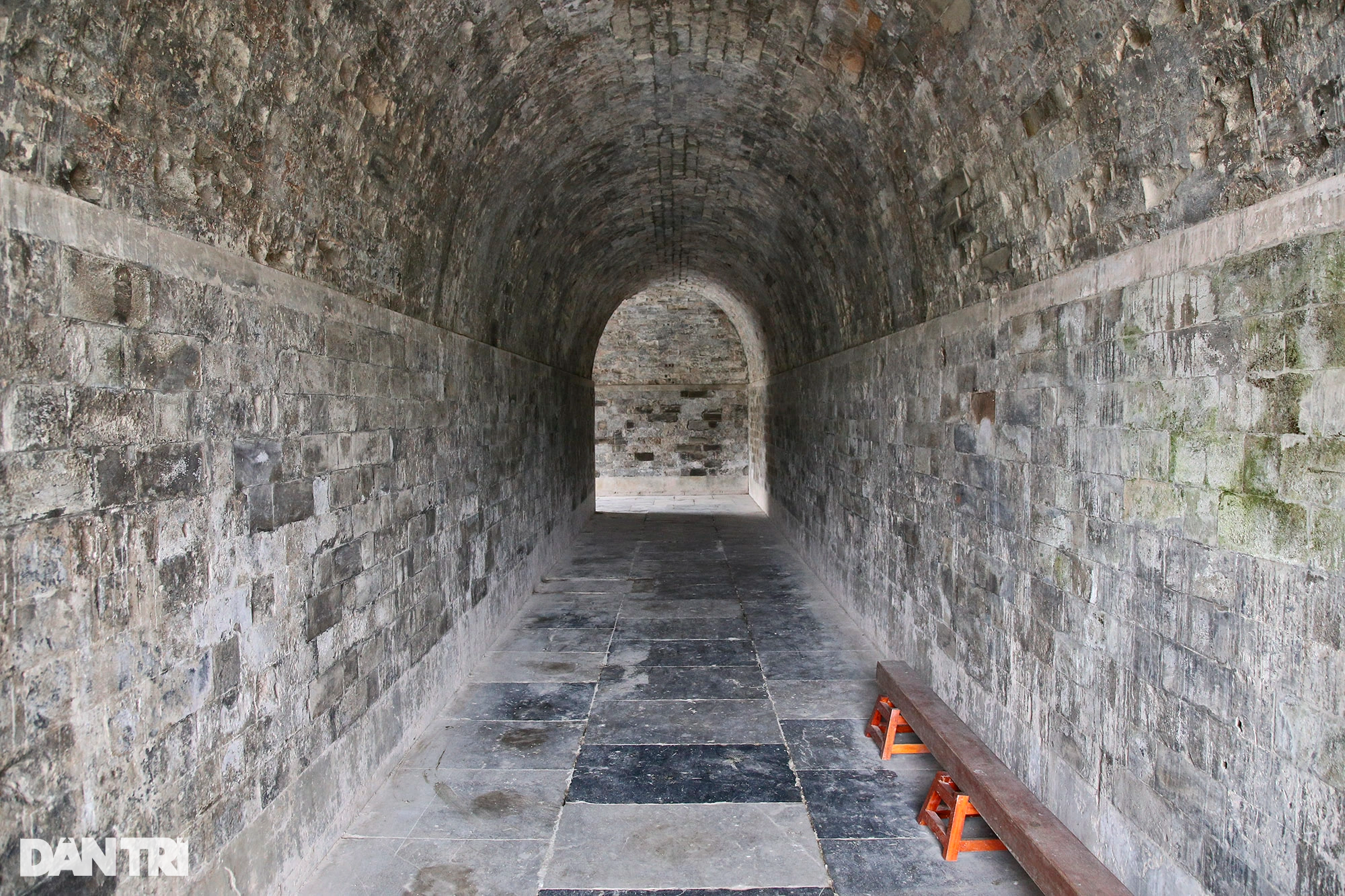
The arched architecture of the city gates not only brings graceful curves, but also has an extremely good load-bearing structure. To this day, the most modern and magnificent tunnels in the world still use this architectural style.
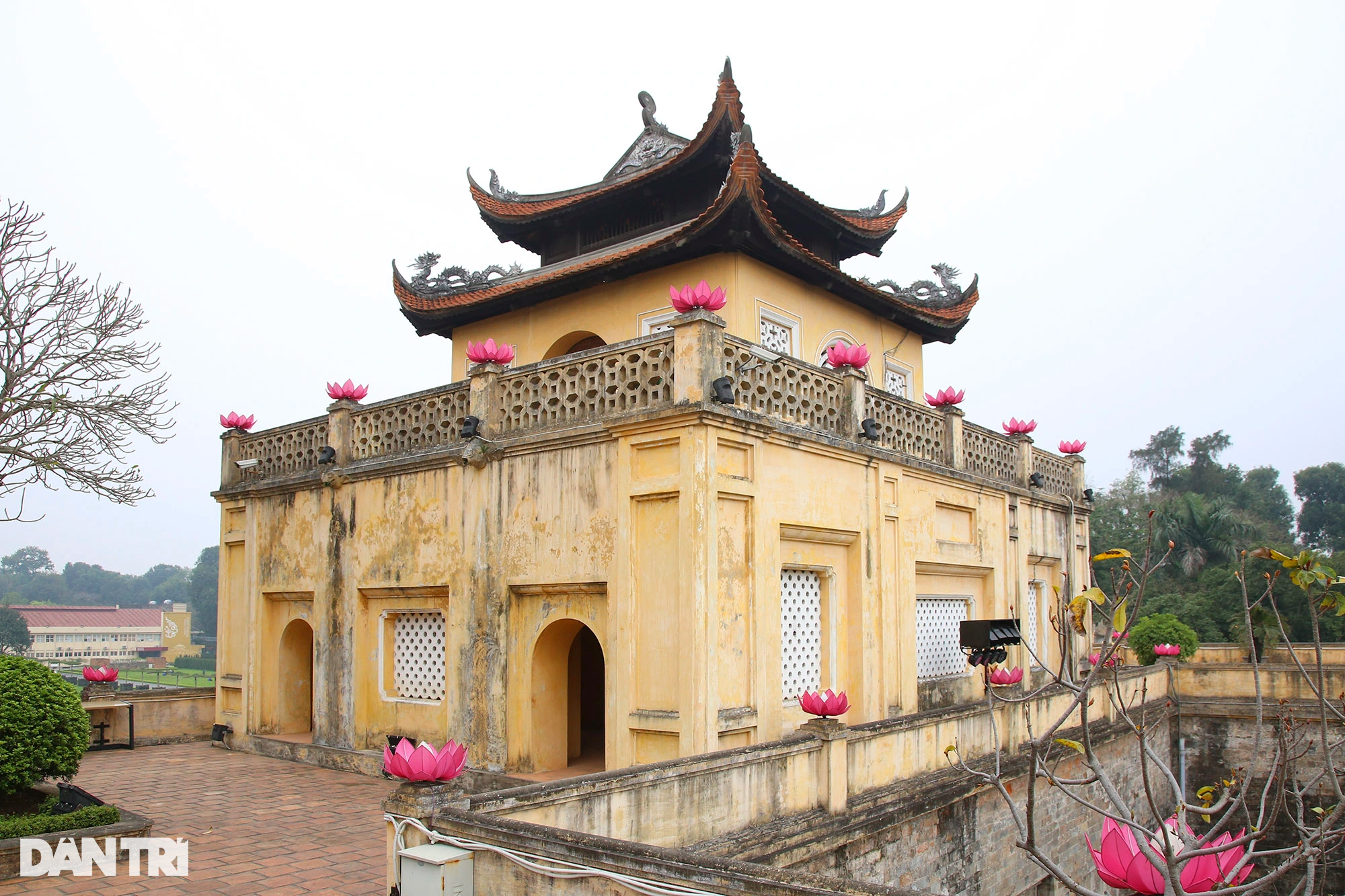
The second floor was built in the style of a watchtower, with a system of doors opening evenly in all directions. However, this architecture has been renovated and its shape has changed a lot compared to the original.
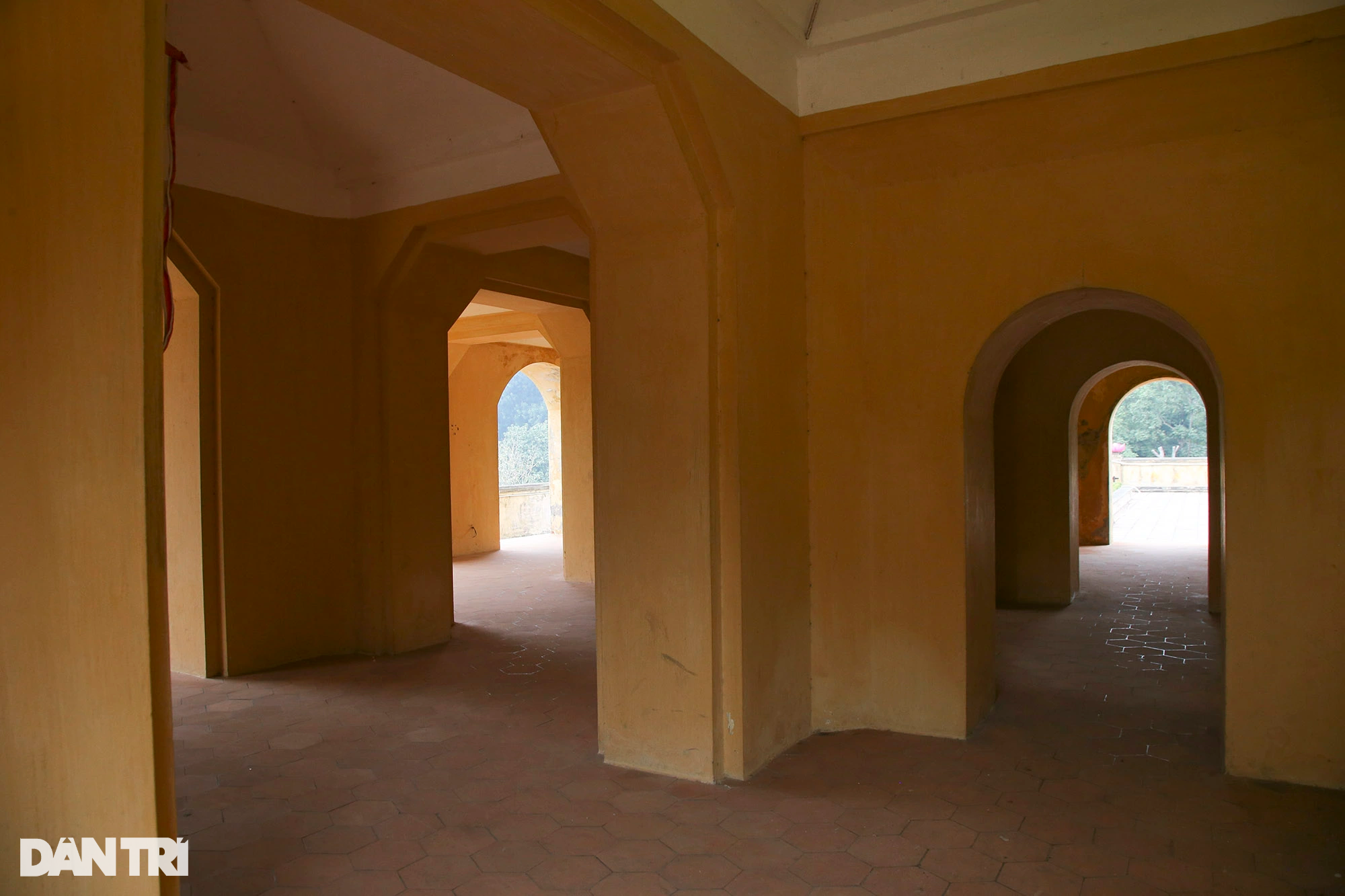
The second floor is spacious, planted with grass and large trees with trunks the size of an adult's arm span. The watchtower doors connect to each other like an open maze.
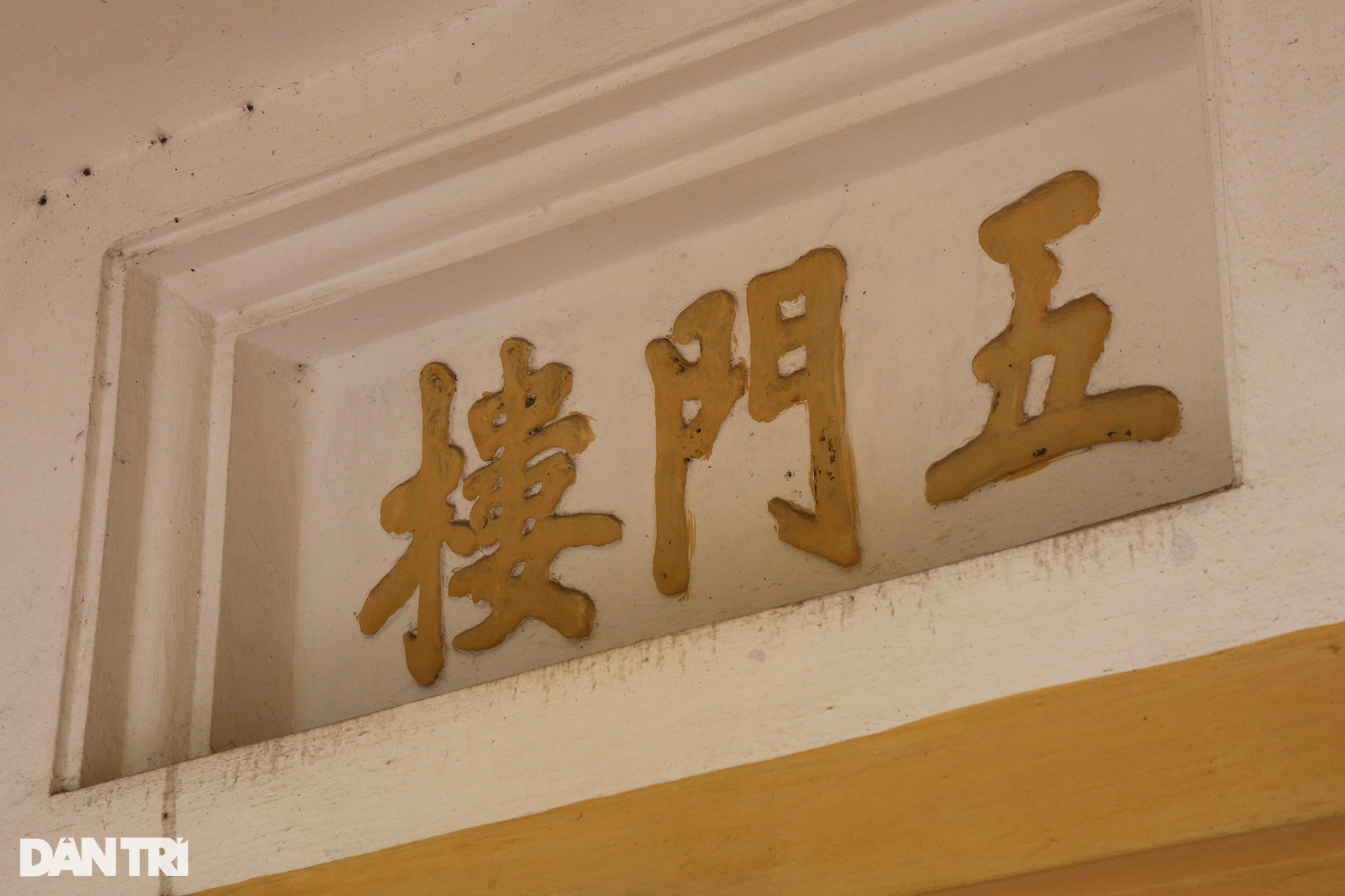
On the main door of the second floor, there are three embossed Chinese characters "Ngu Mon Lau". Because of these three Chinese characters, many people still call Doan Mon "Ngu Mon Lau". This is where the king sits to comfort his soldiers before going to battle, welcome victorious soldiers back, or watch martial arts performances and folk games in the yard below.
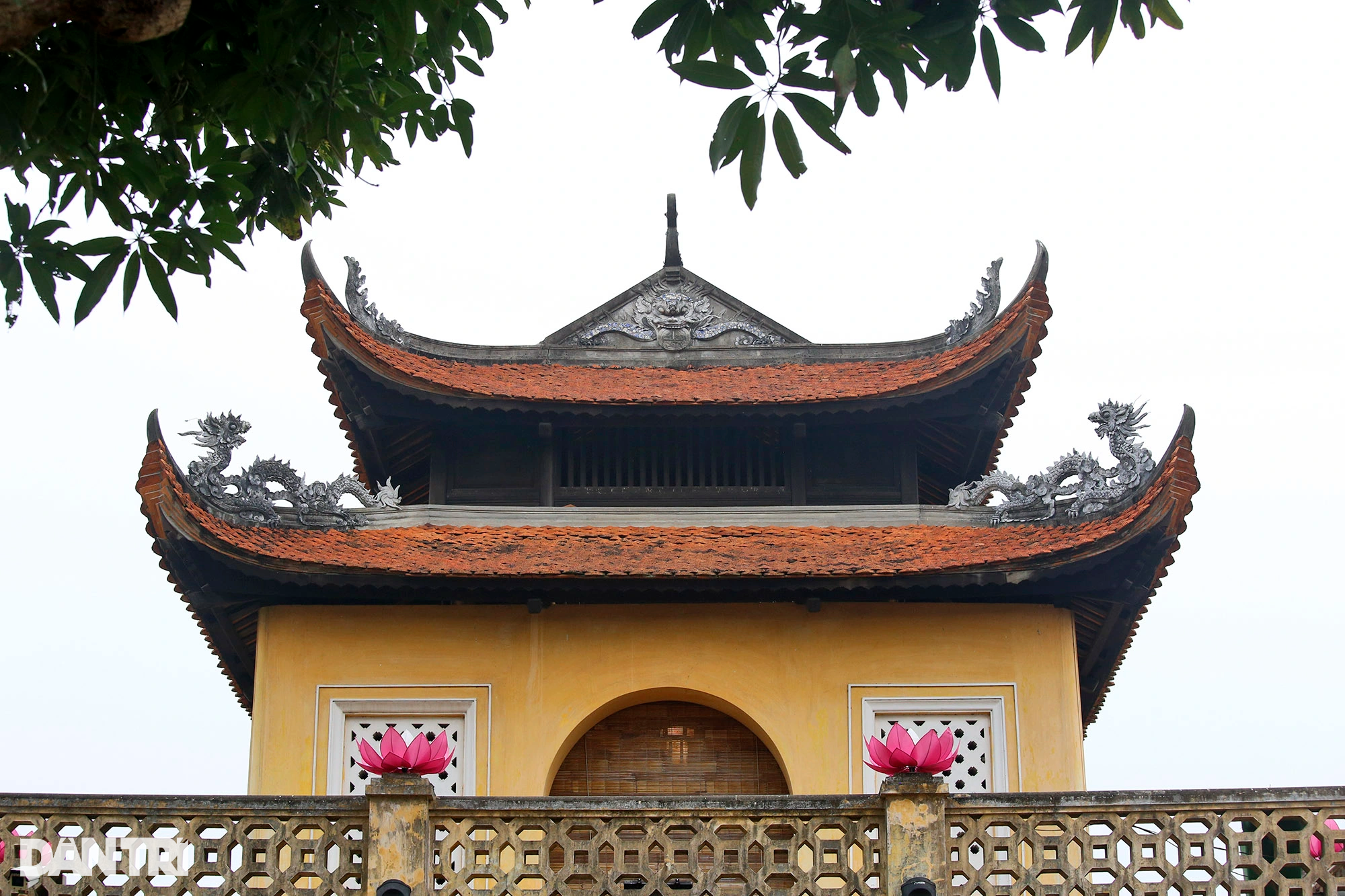
The third floor is built in the style of a two-story, eight-roofed watchtower, the roof corners are decorated with coiled dragon images.
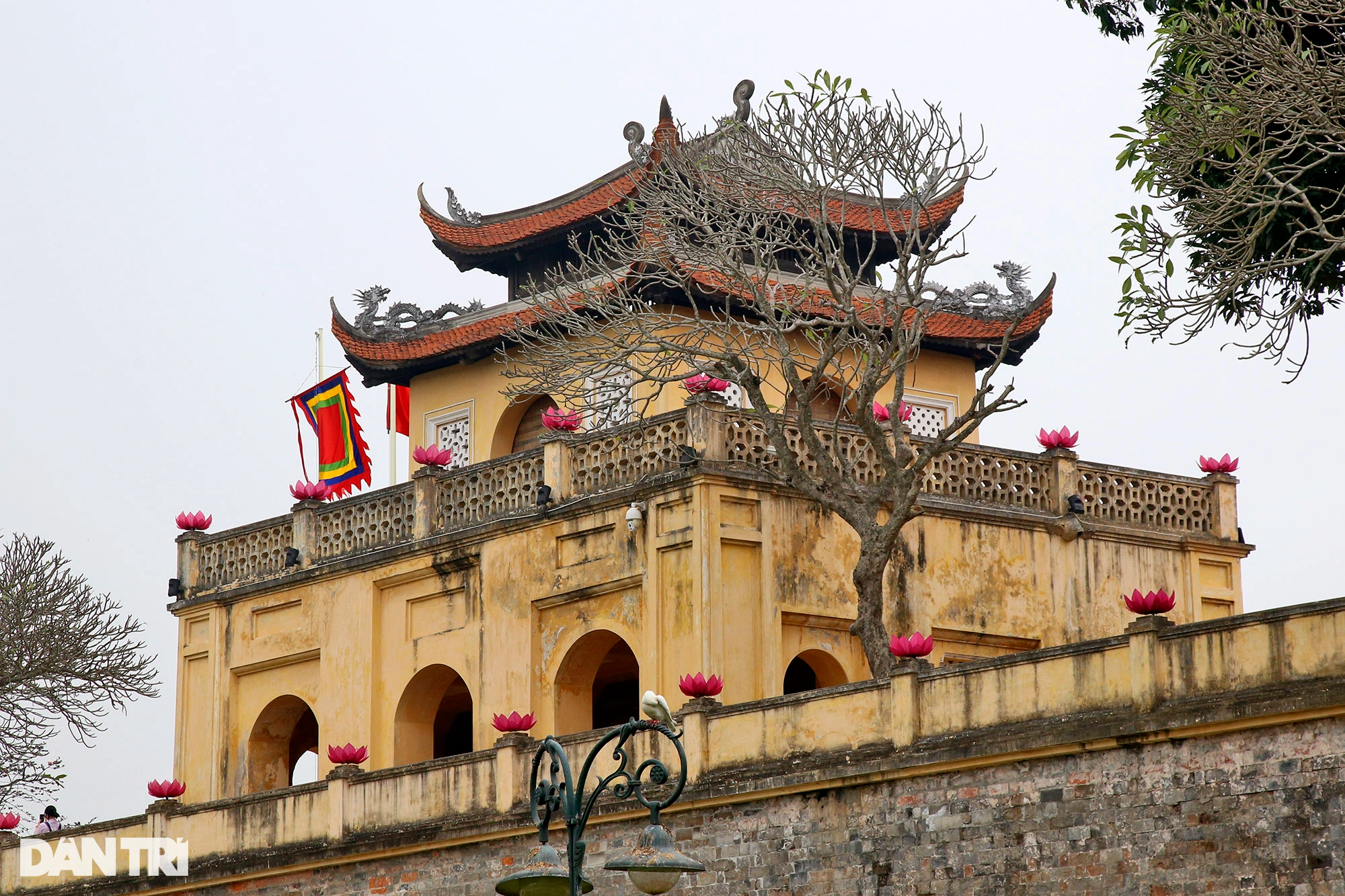
Like the second floor, the third floor was restored later and the architecture has many changes compared to the original. However, the ancient architectural features are still carefully preserved.
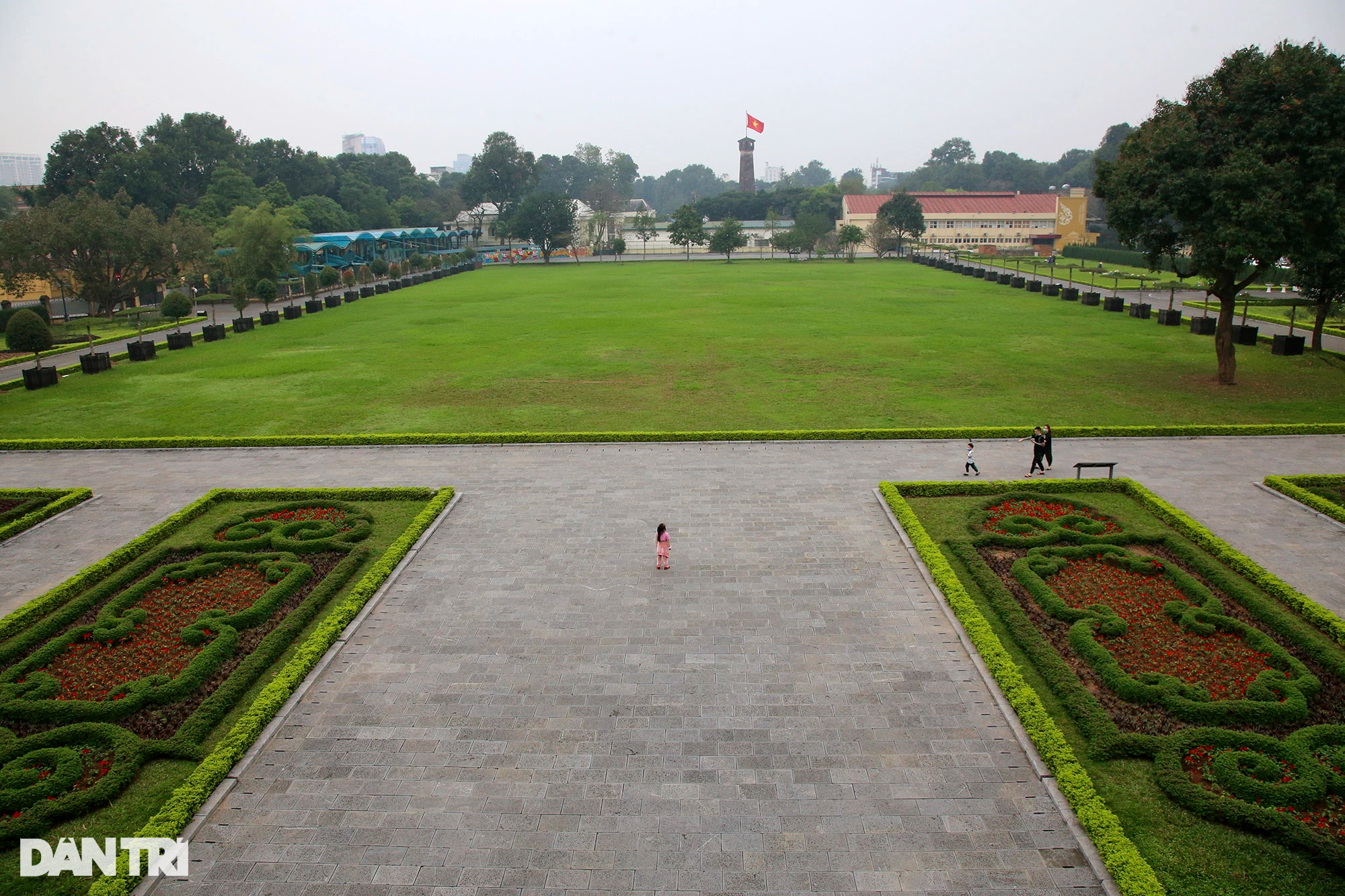
Doan Mon courtyard (period 1802 - 1882) is associated with Long Thien palace and Bac Thanh palace of Nguyen dynasty. On October 10, 1954, the historic flag-raising ceremony took place on Cot Co yard in front of Doan Mon, marking an important step forward in the process of national liberation.
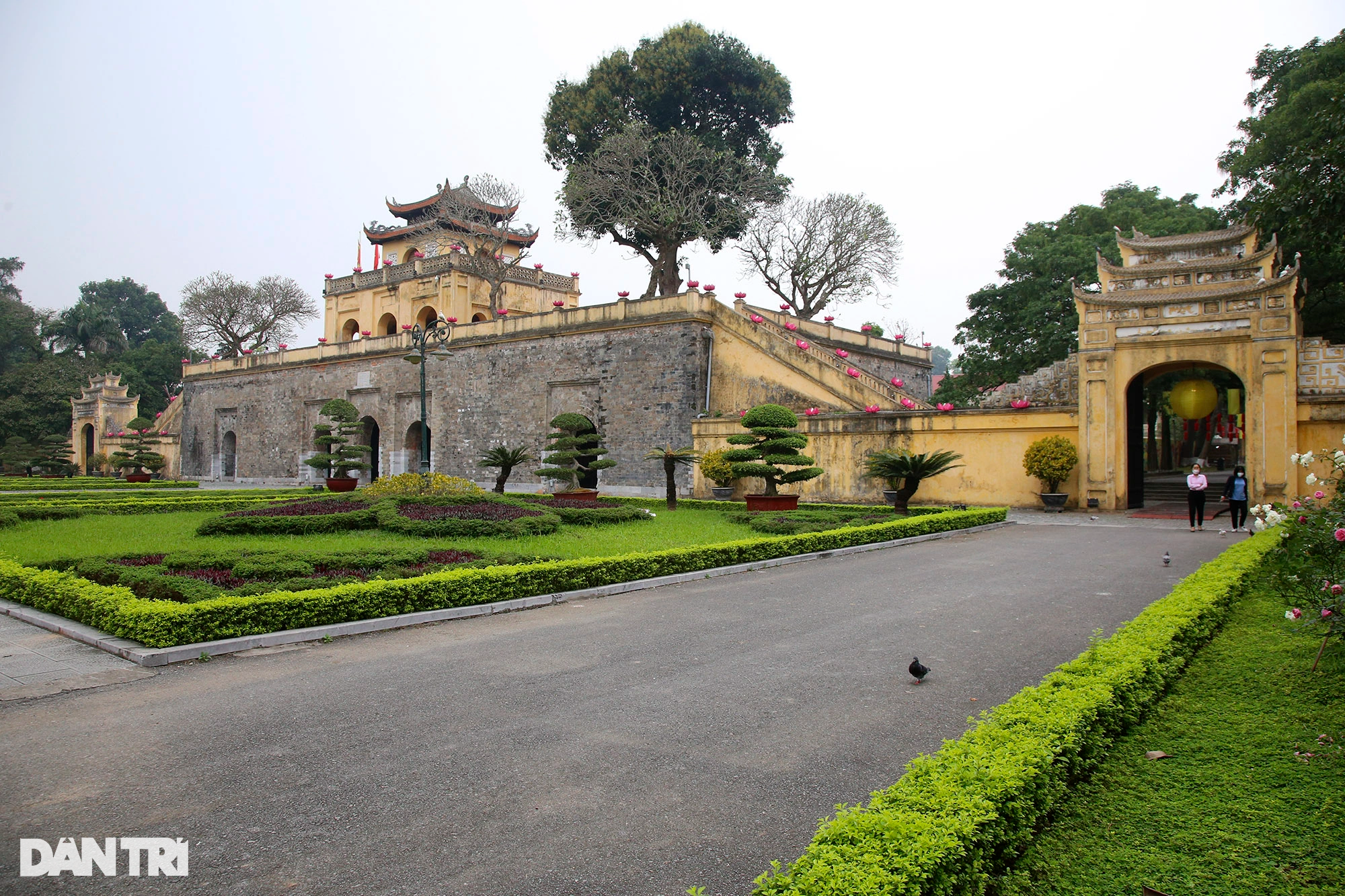
Overall, this construction style creates a U-shaped gate architecture facing the royal court with an extremely solid stance. It has the meaning of "converging" towards the royal court.
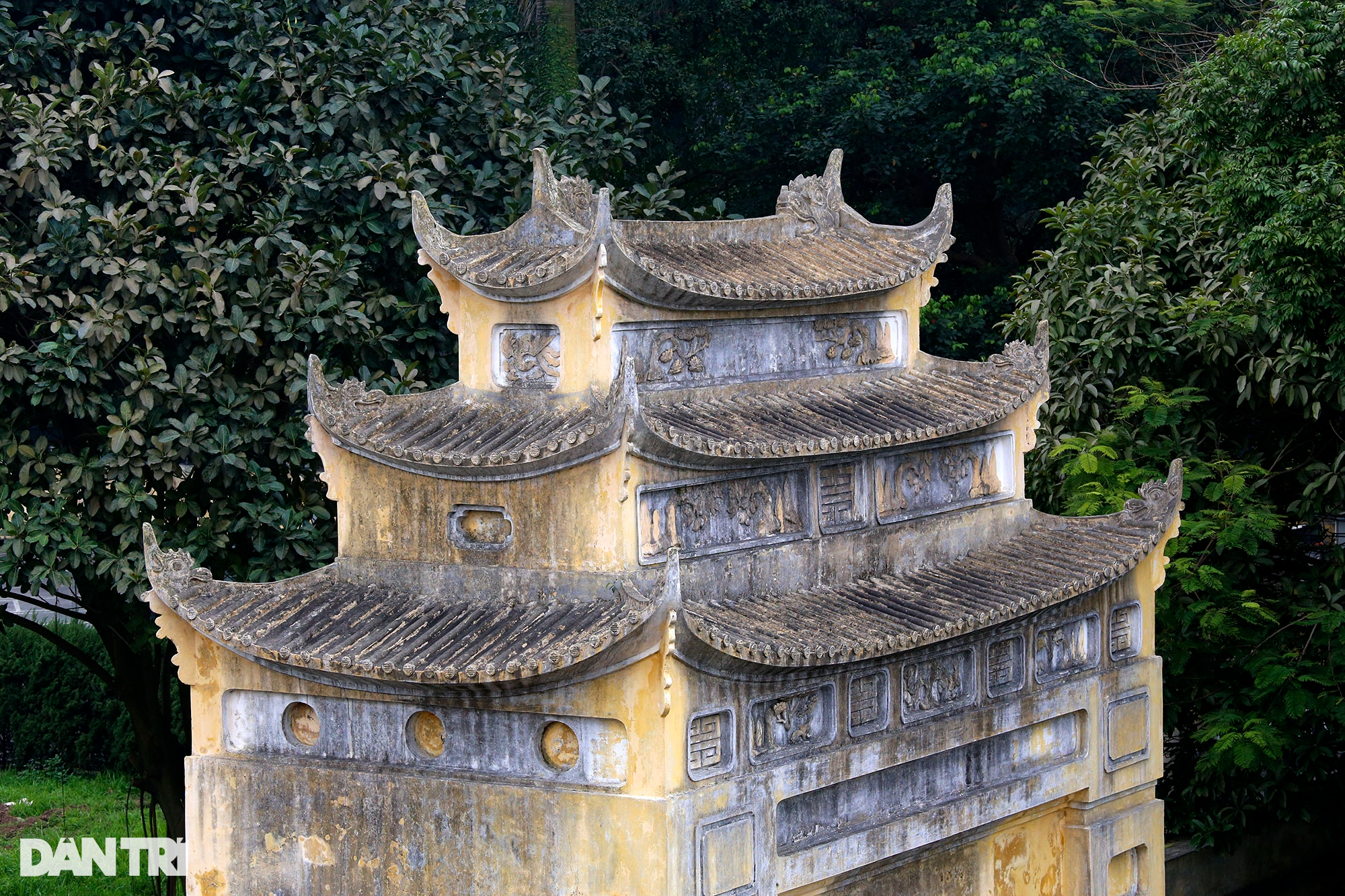
A side gate on the left of Doan Mon.
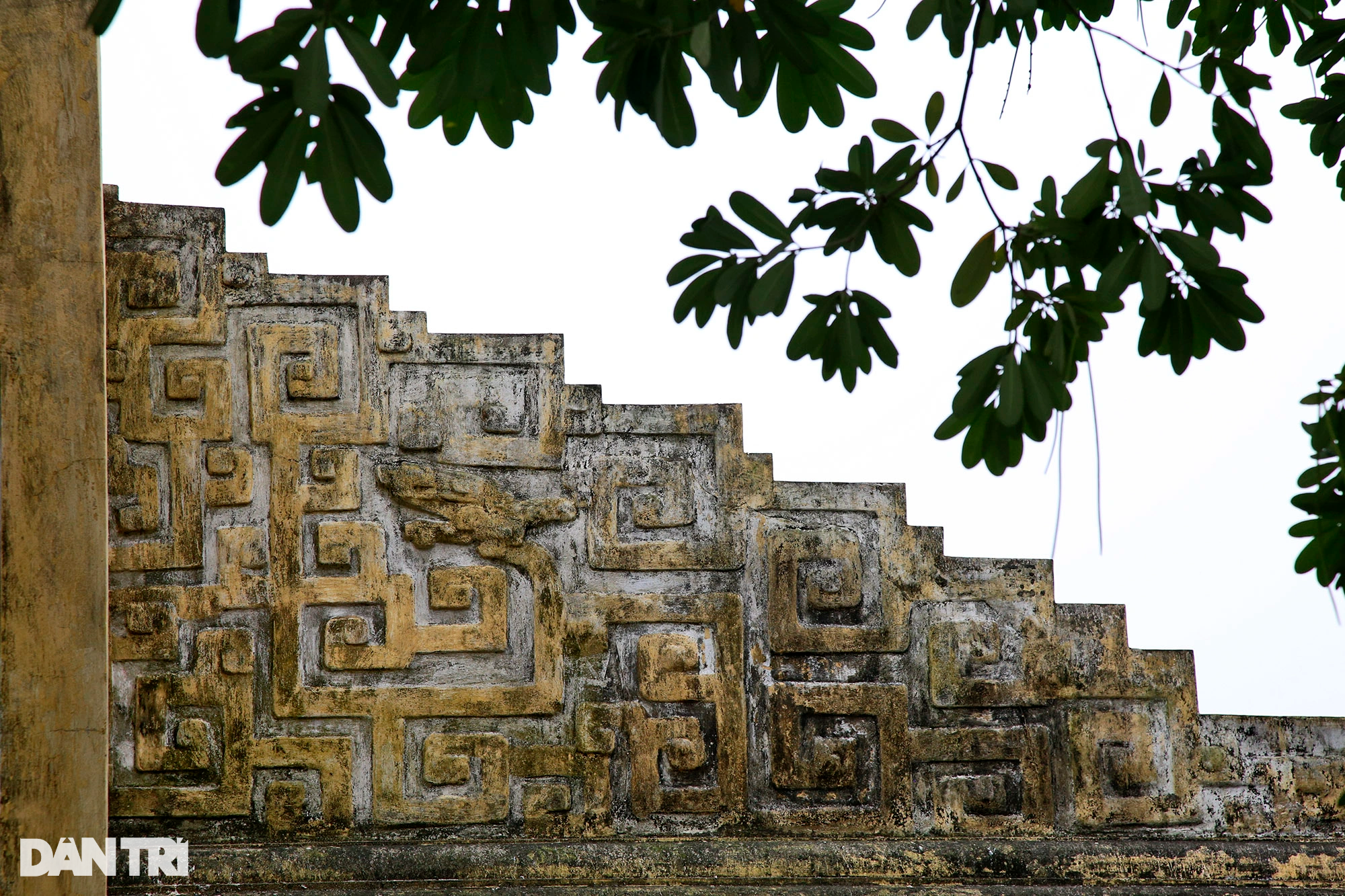
Pattern on the wall.
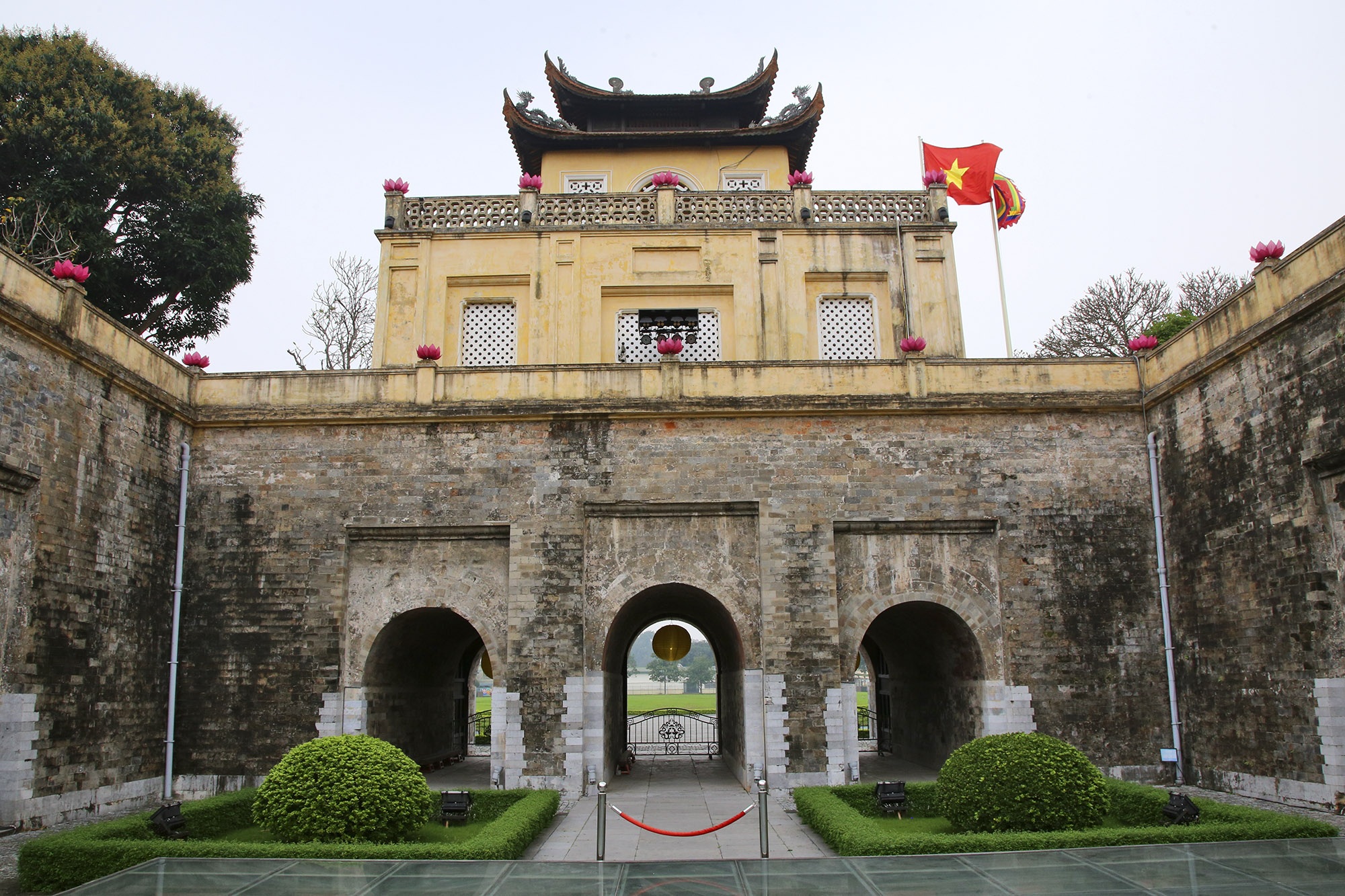


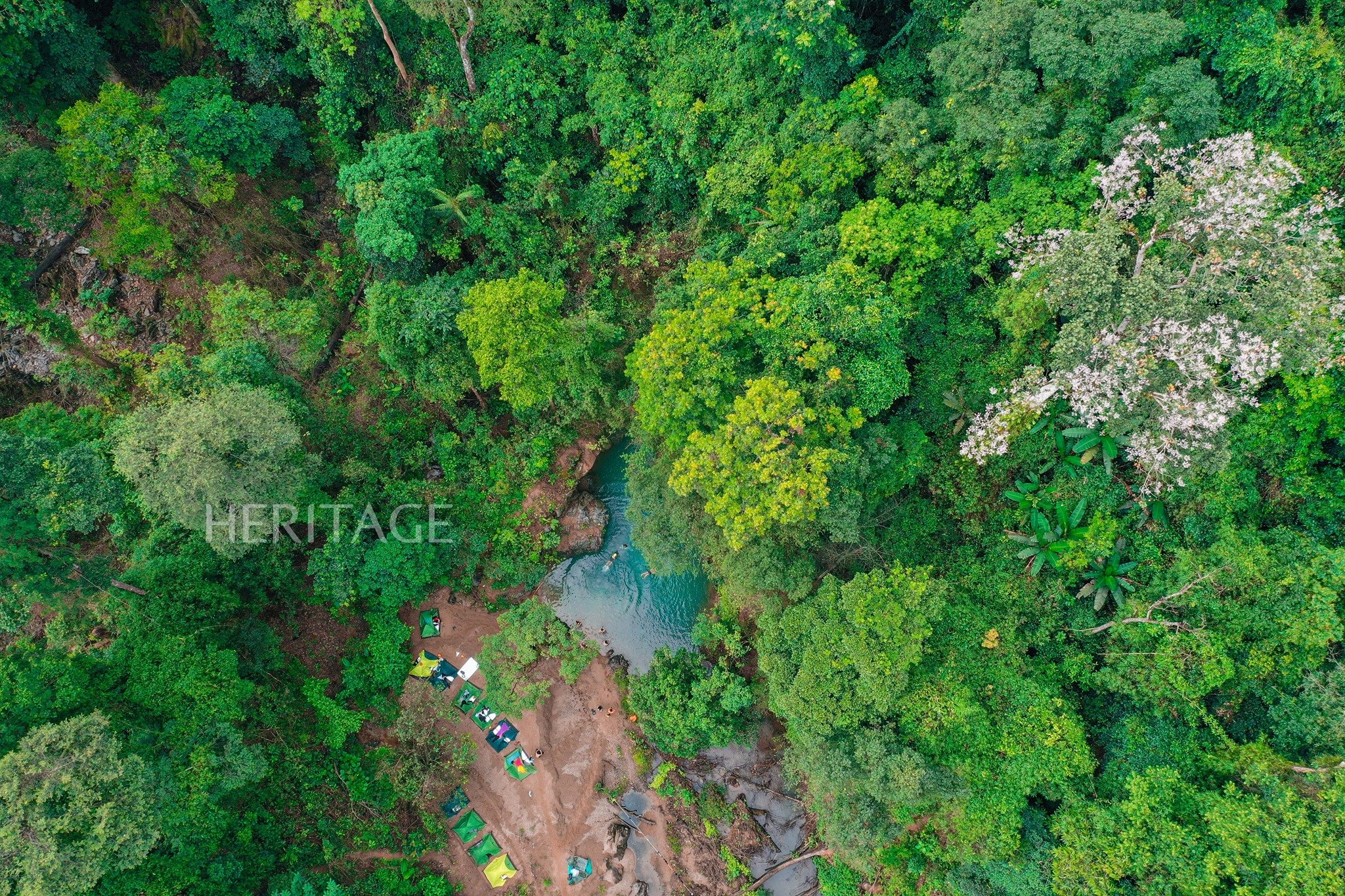

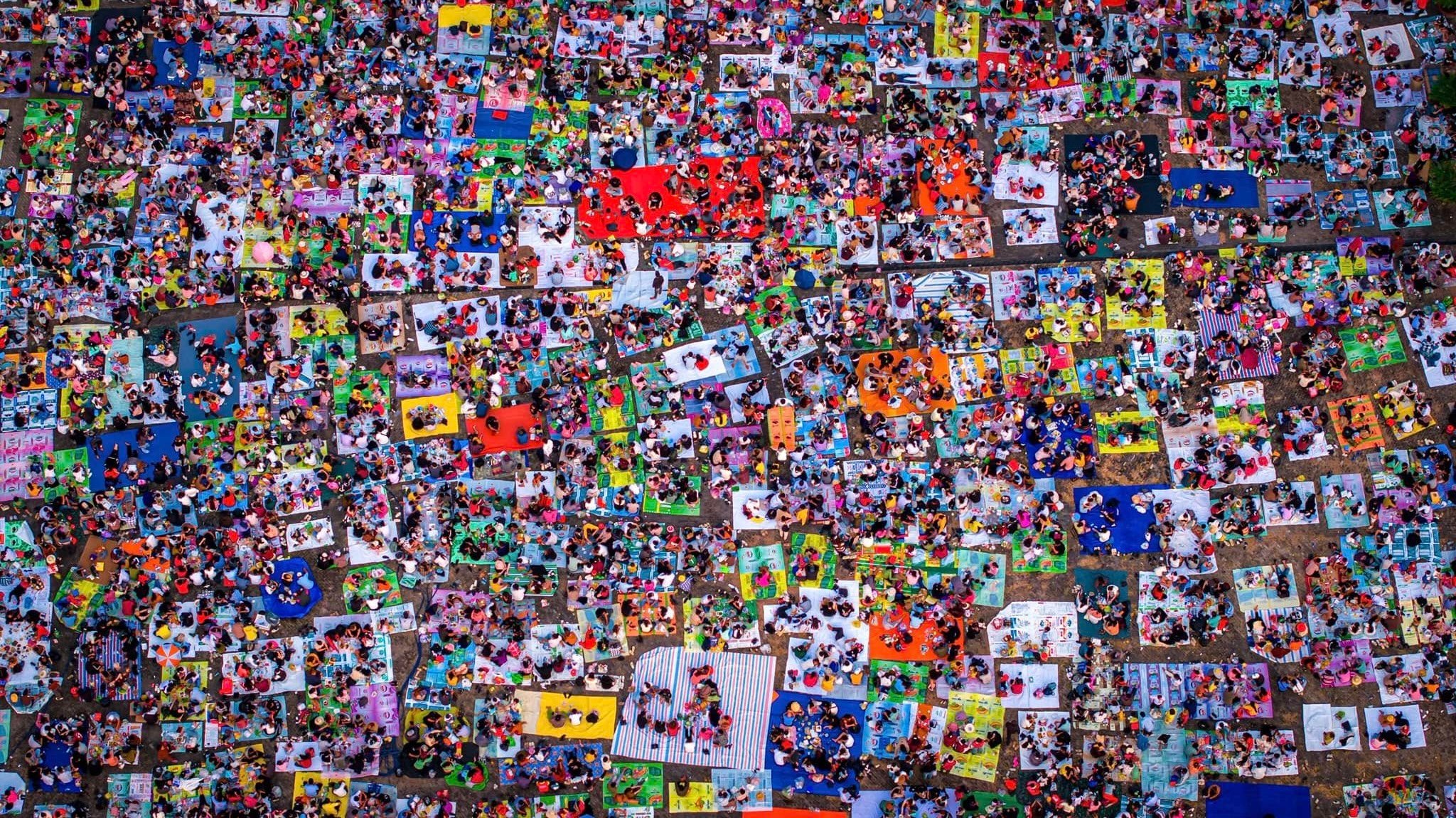
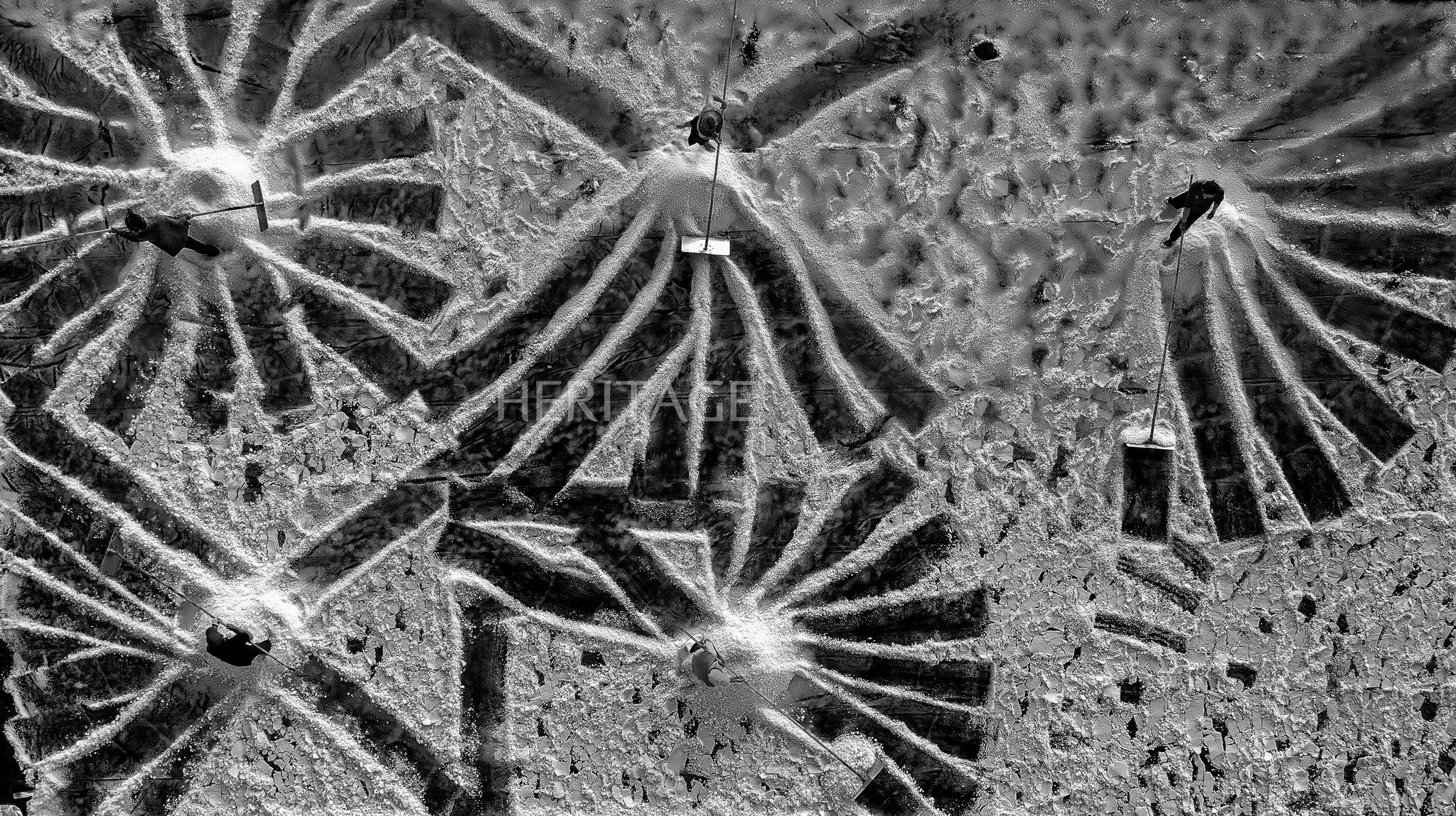
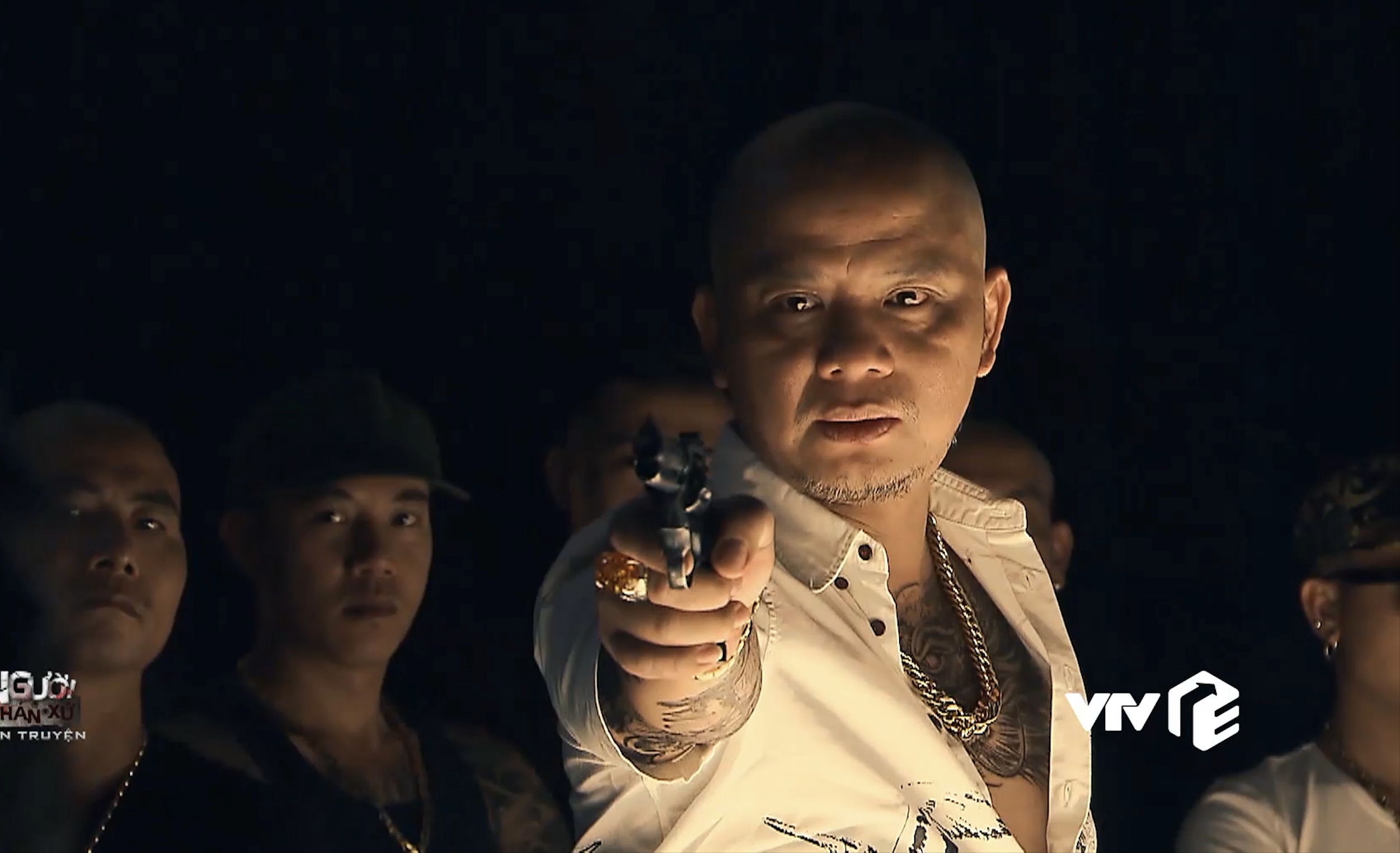
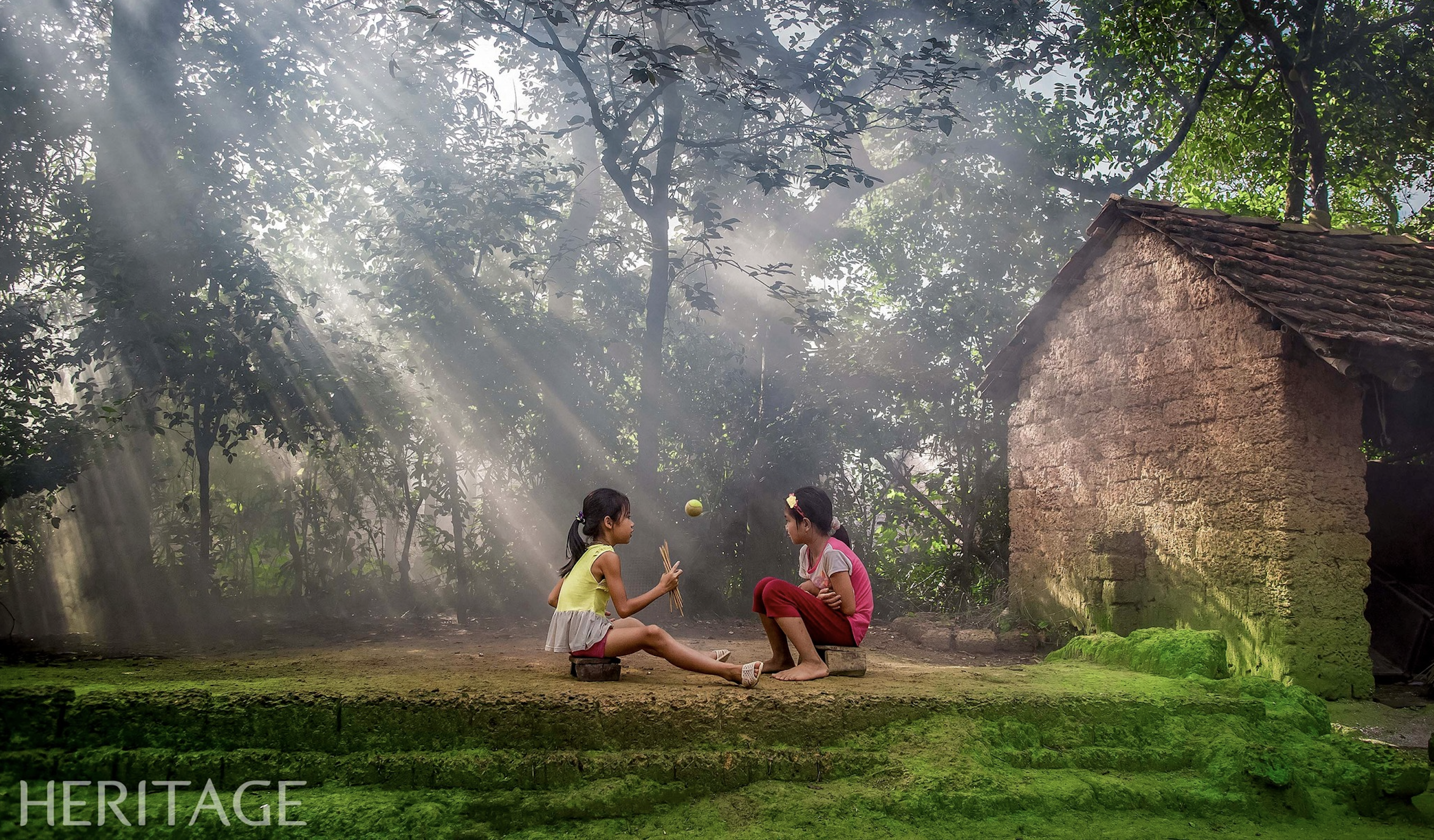


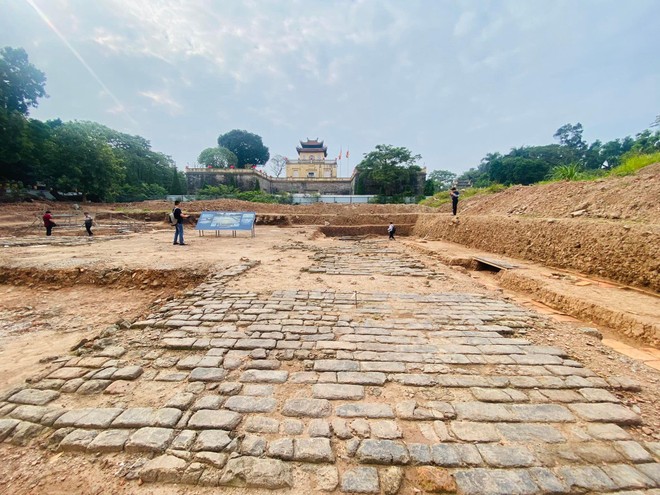

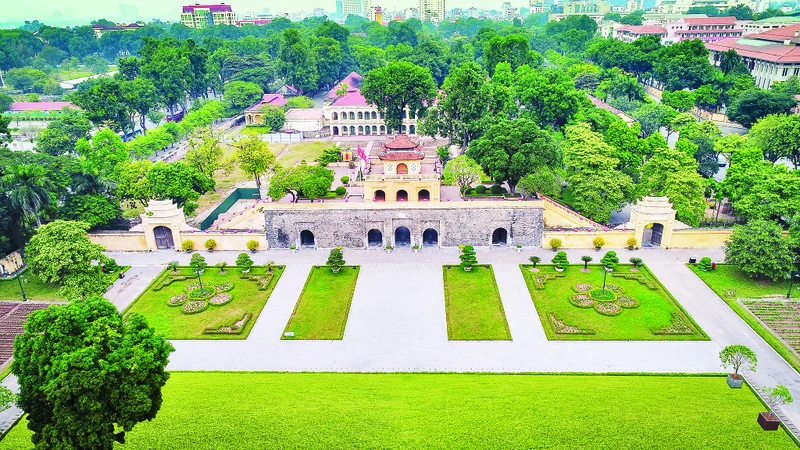

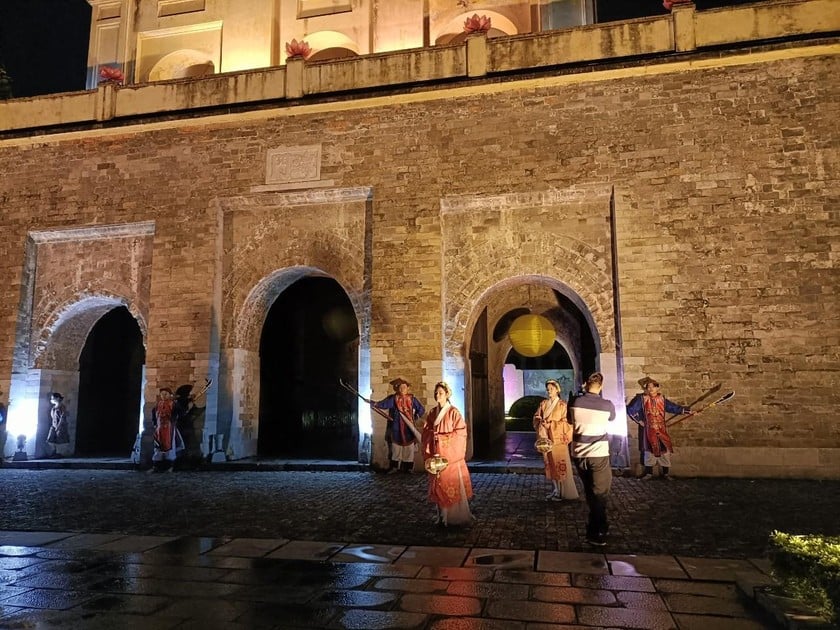

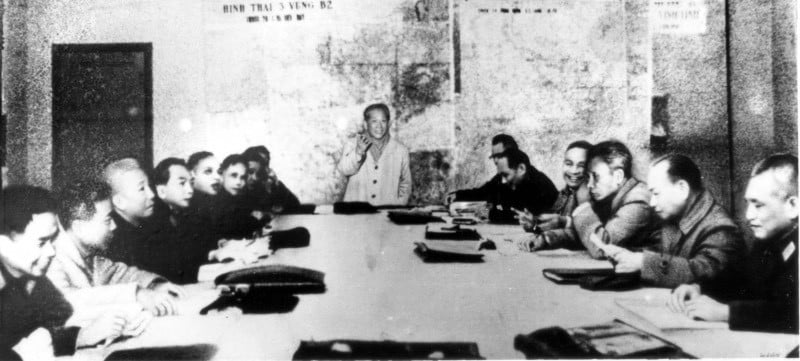

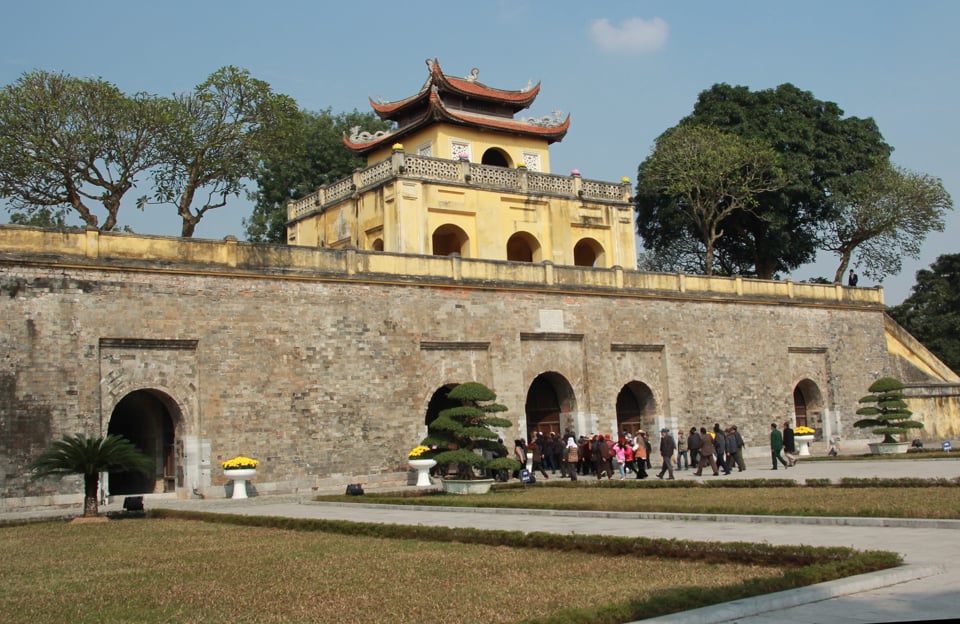

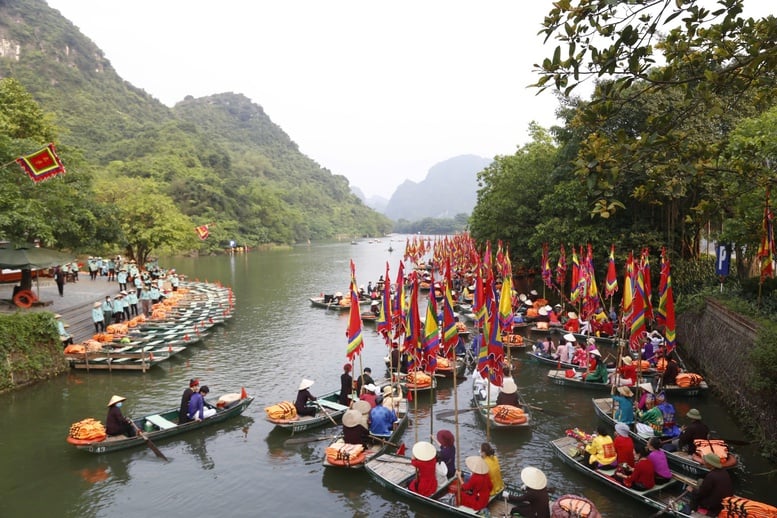



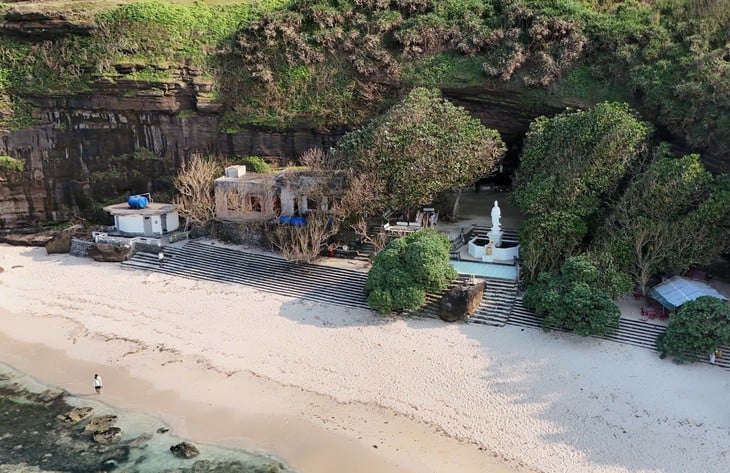

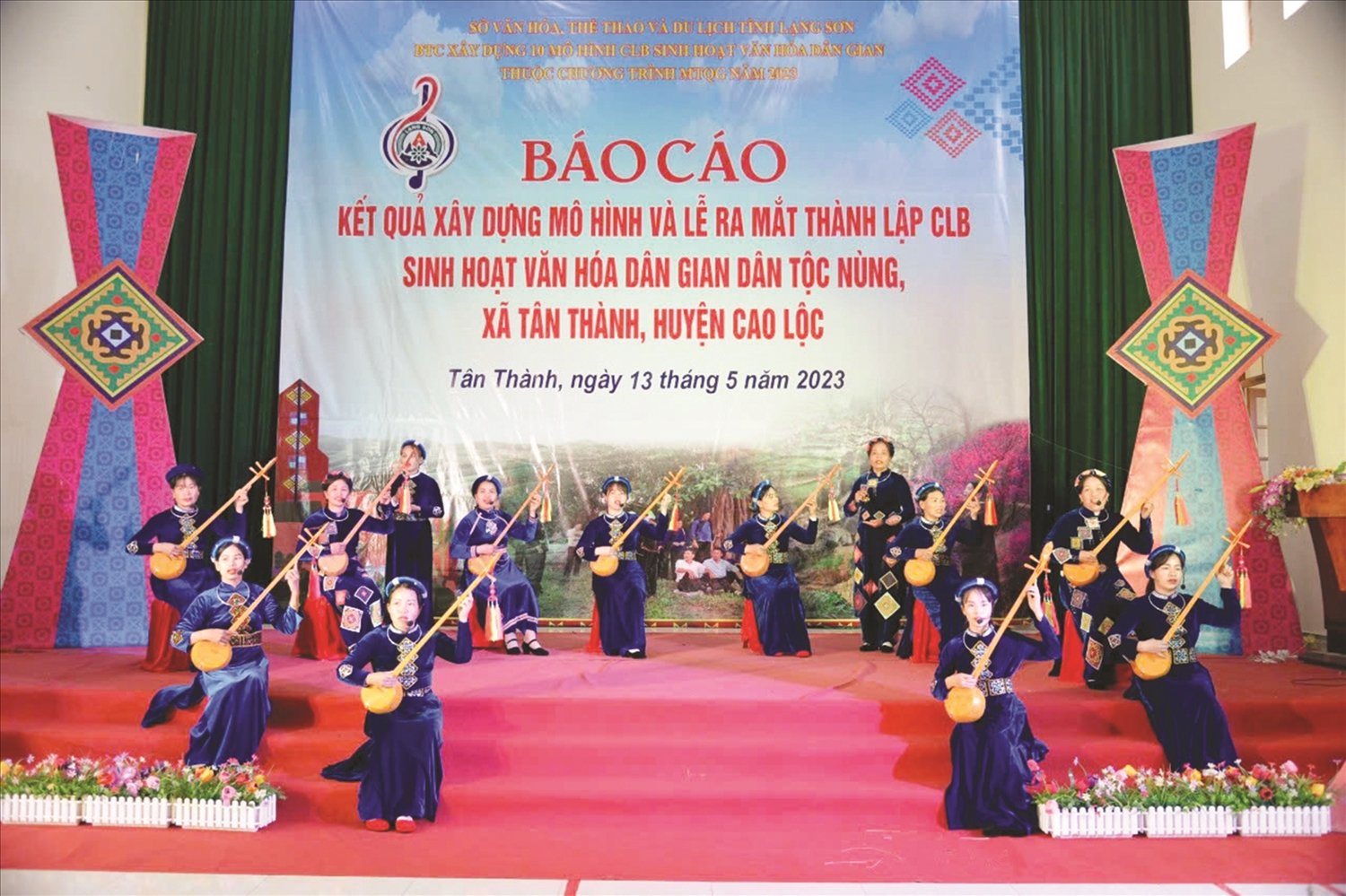

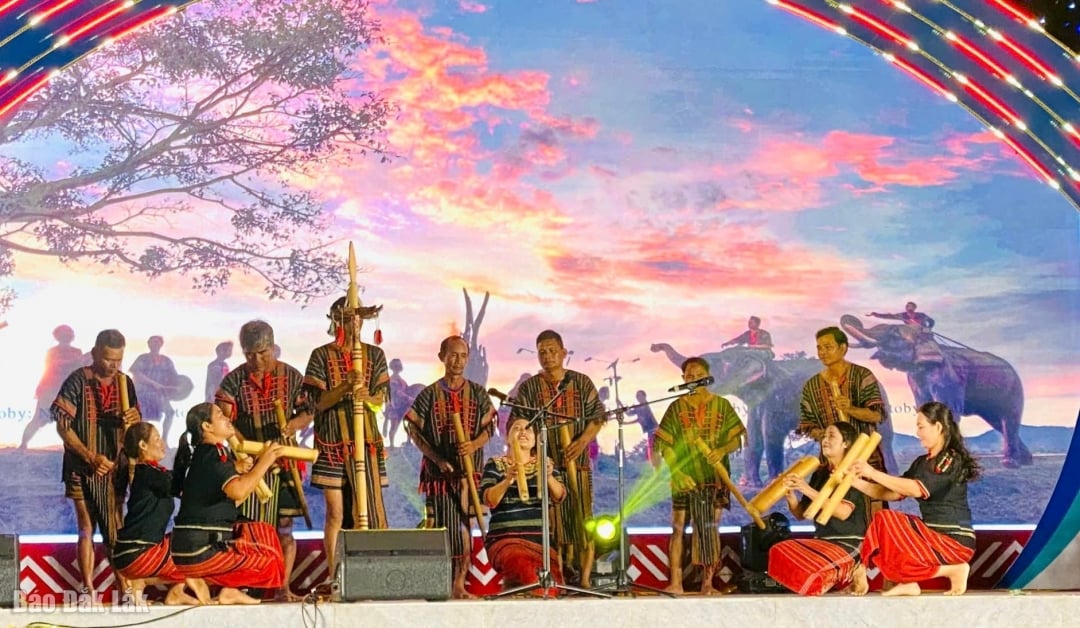

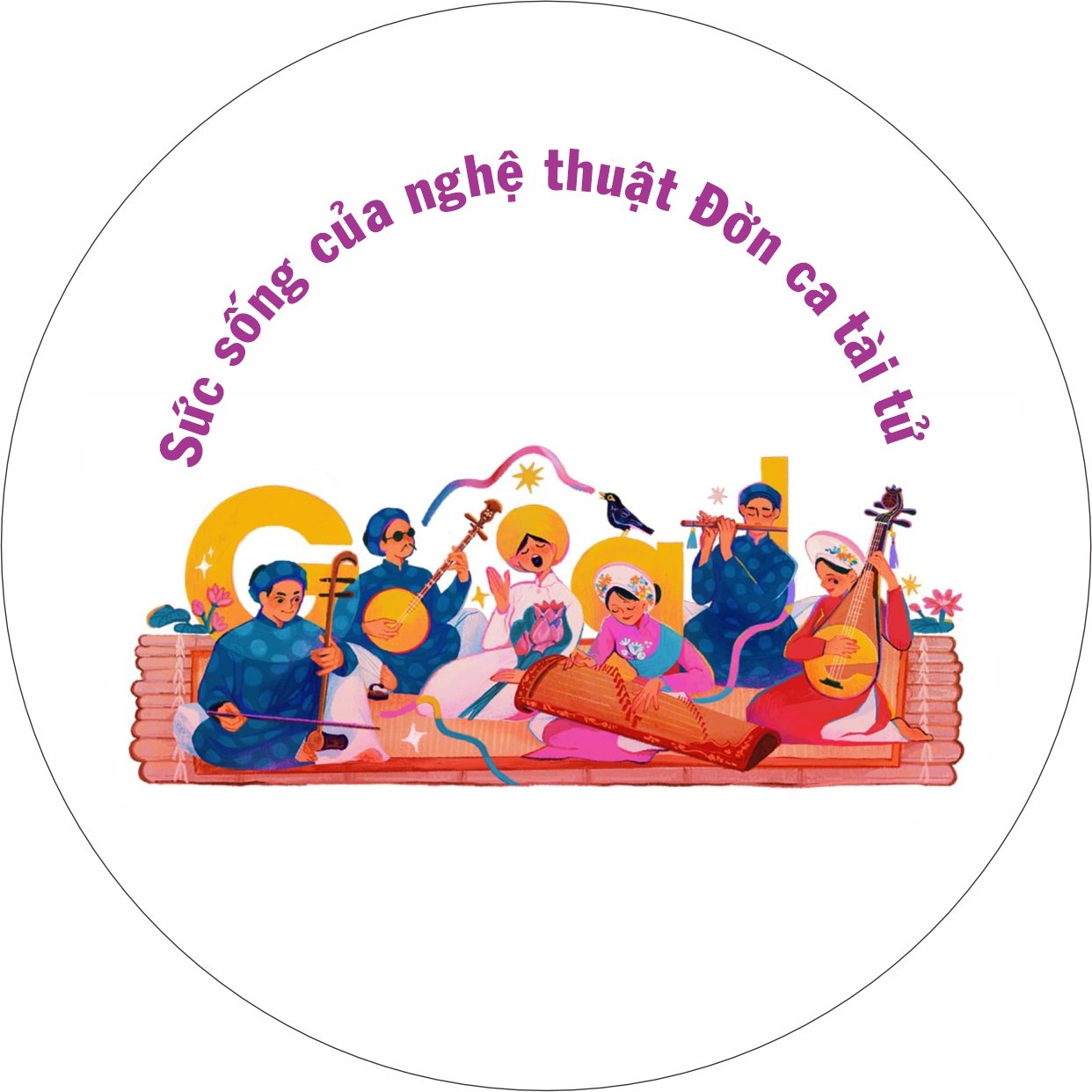


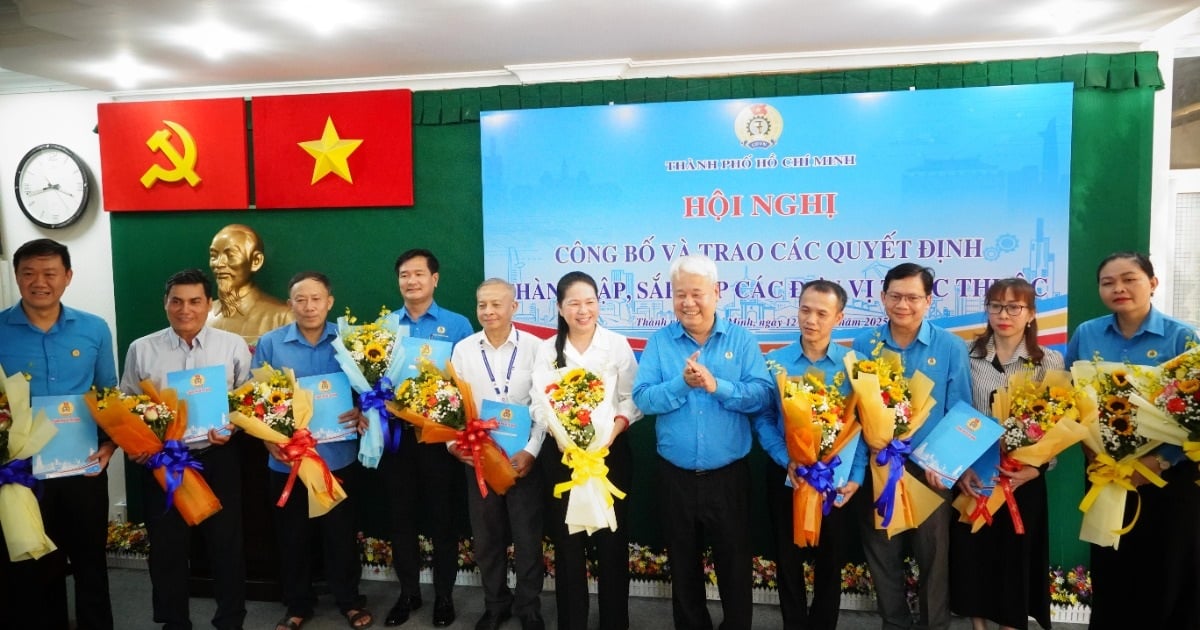
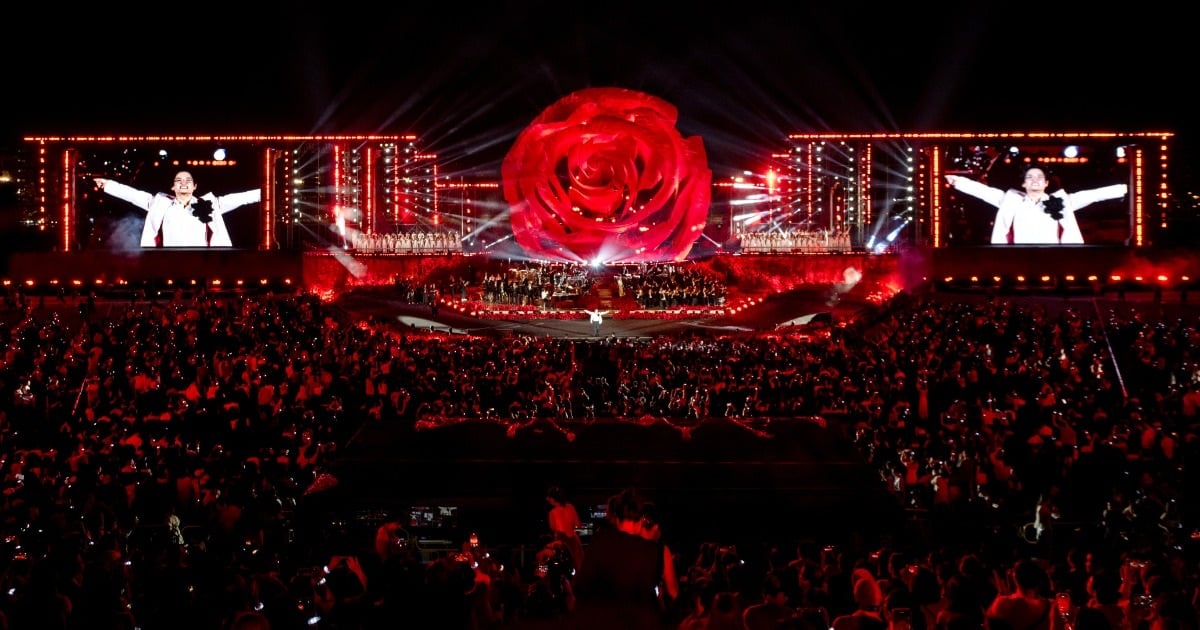
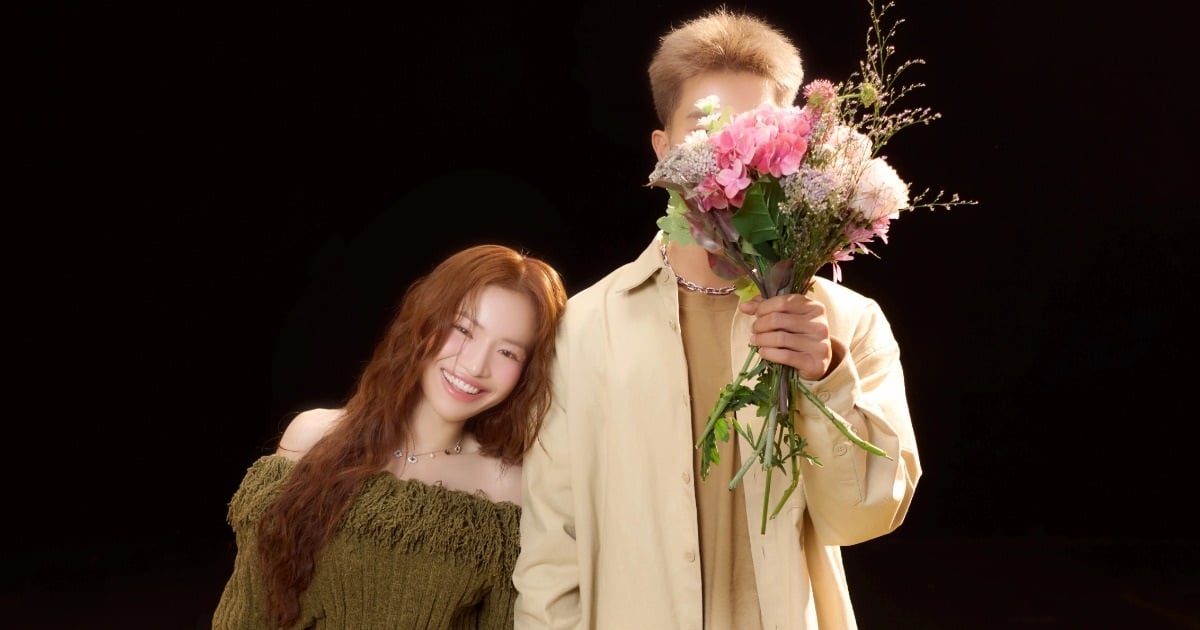
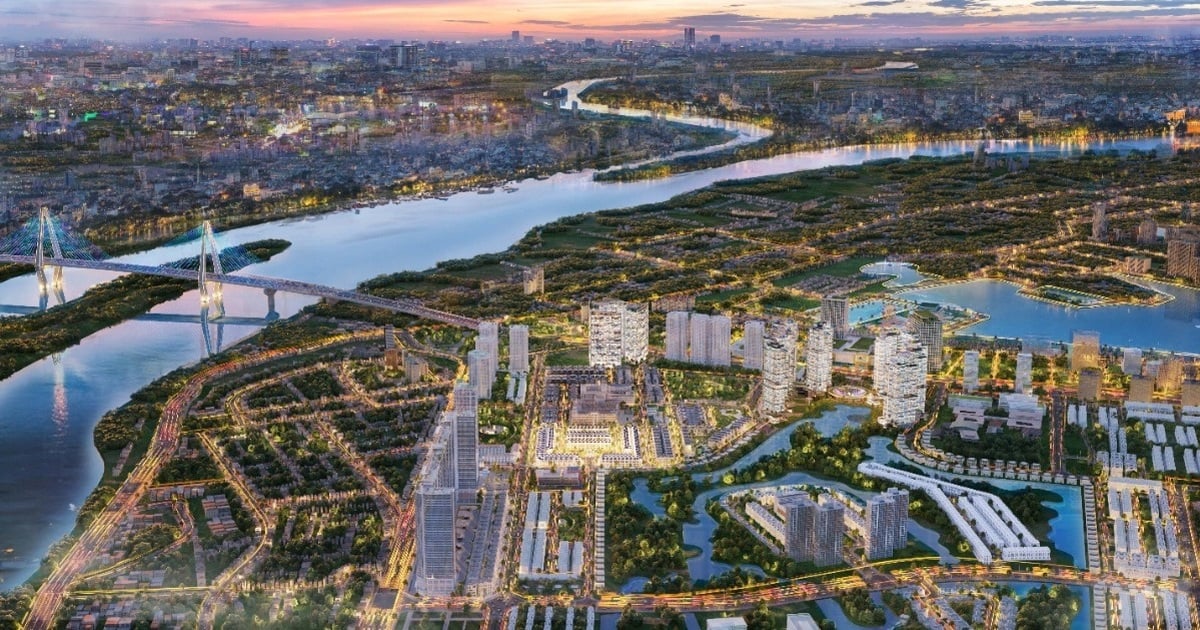
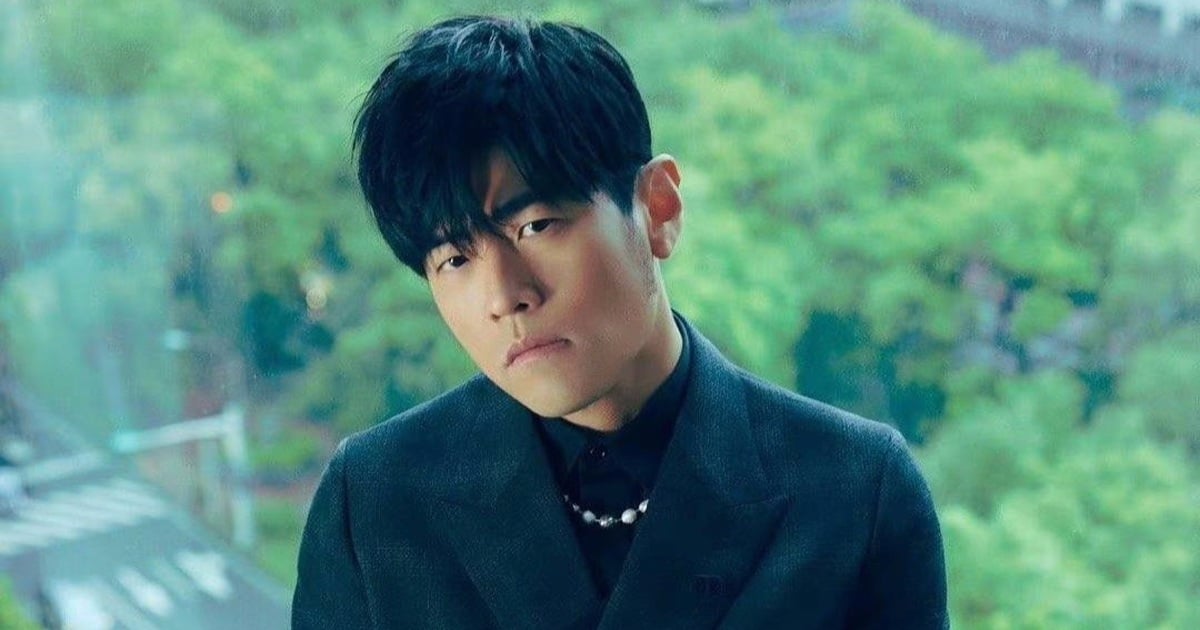
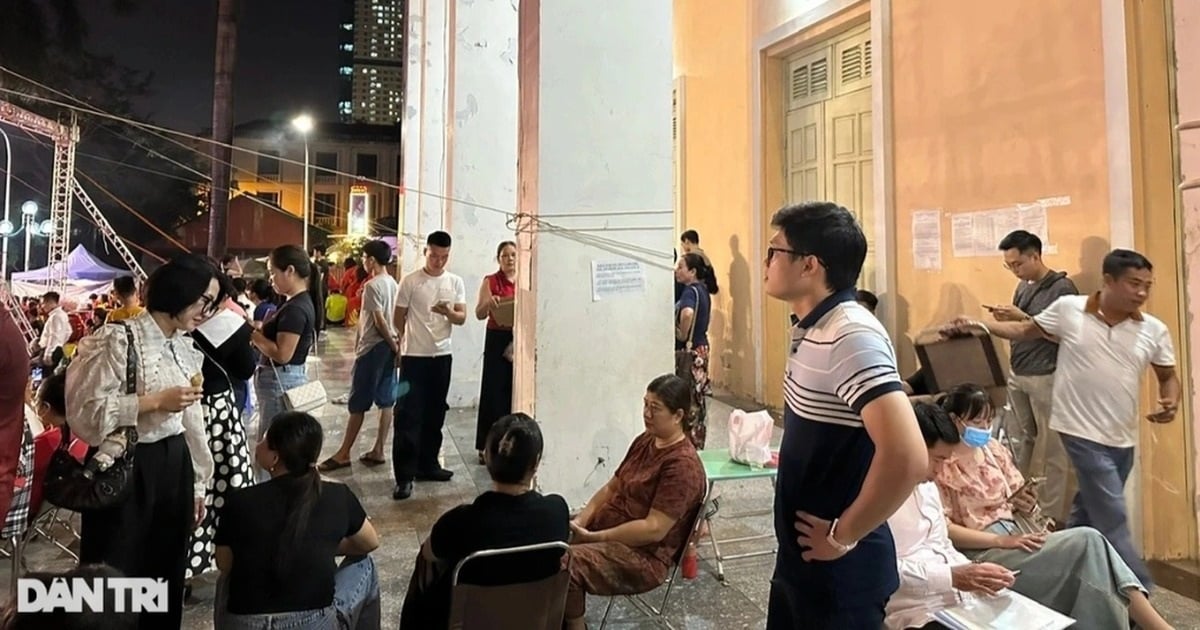
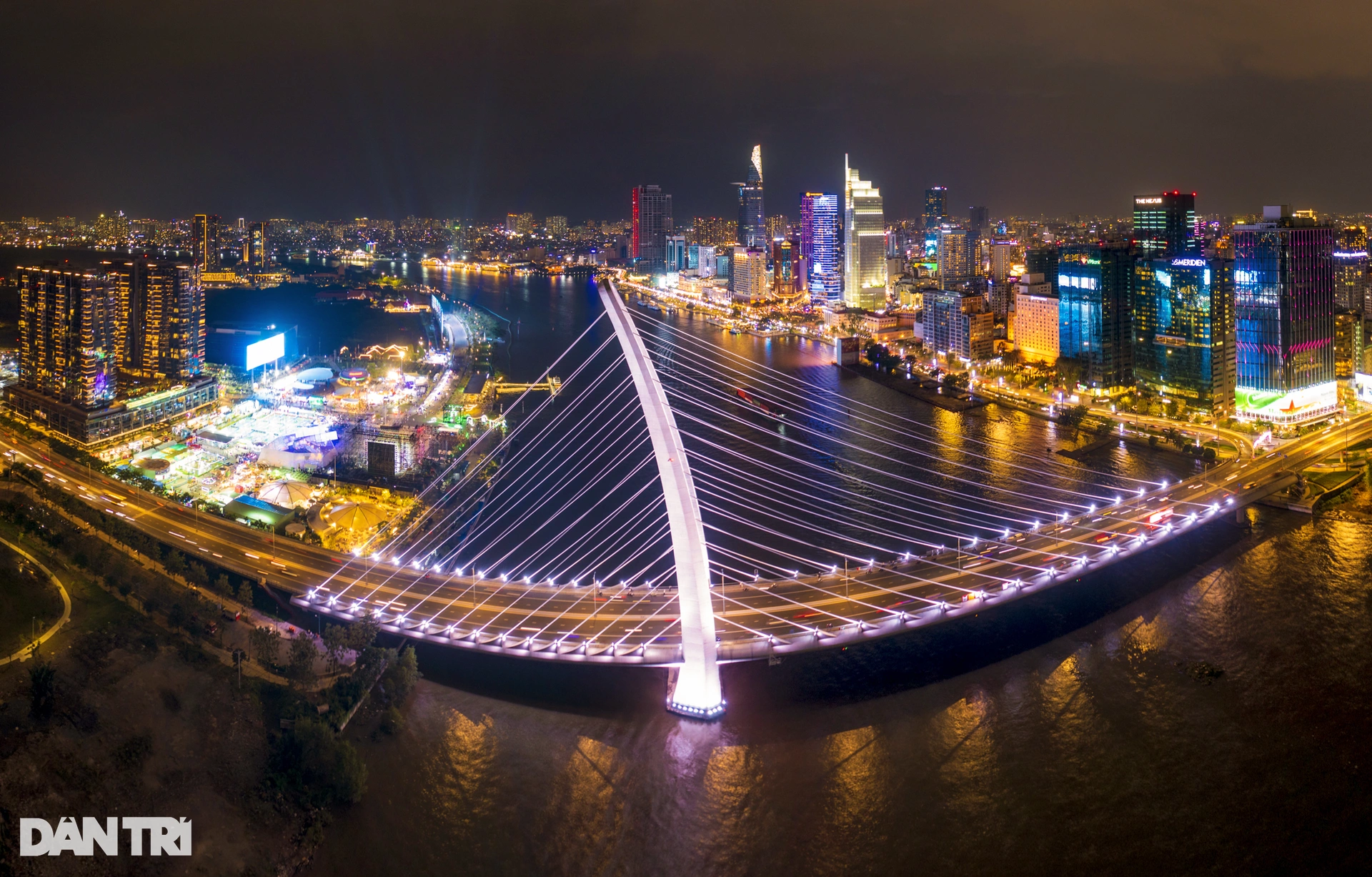

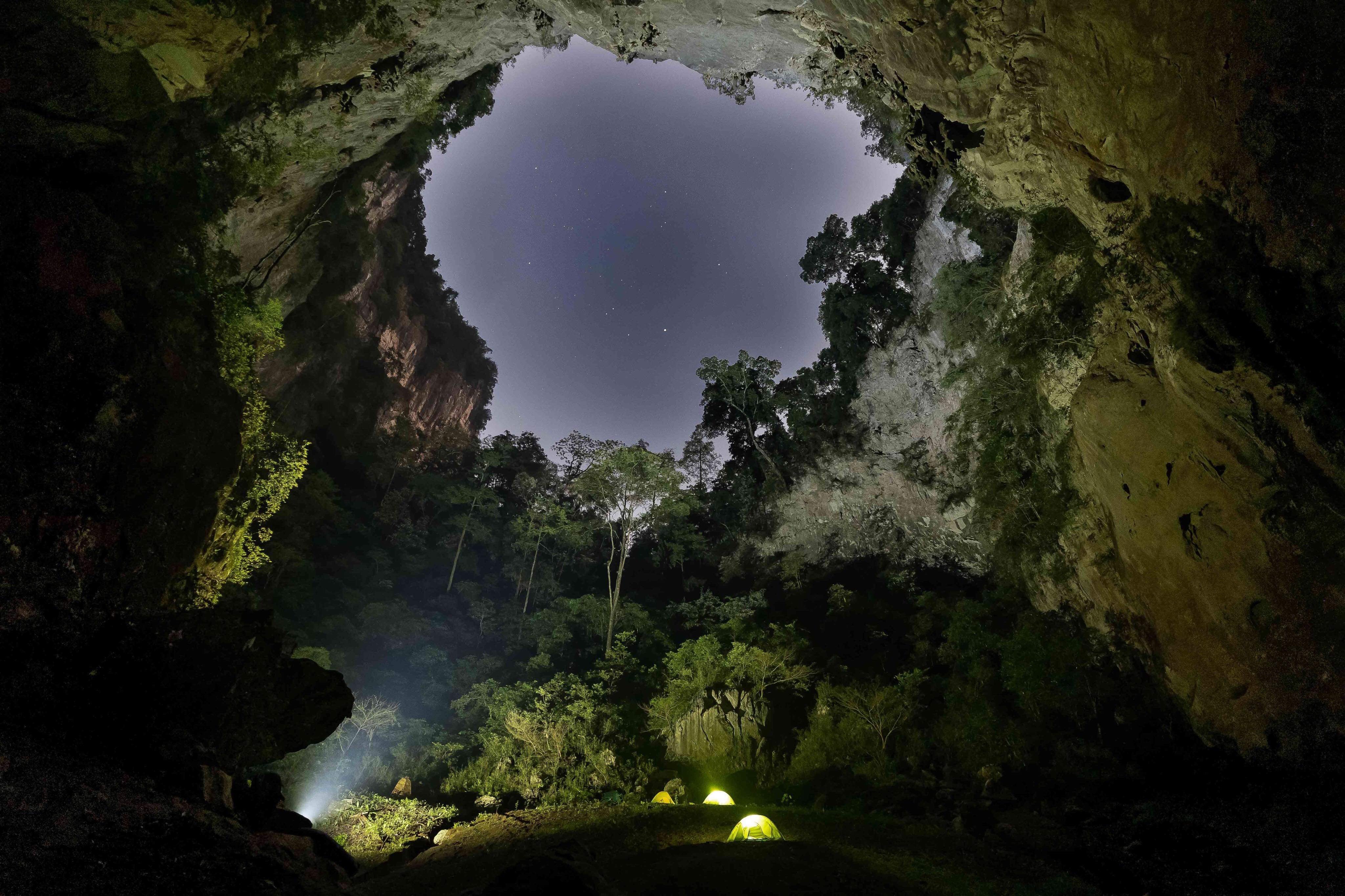
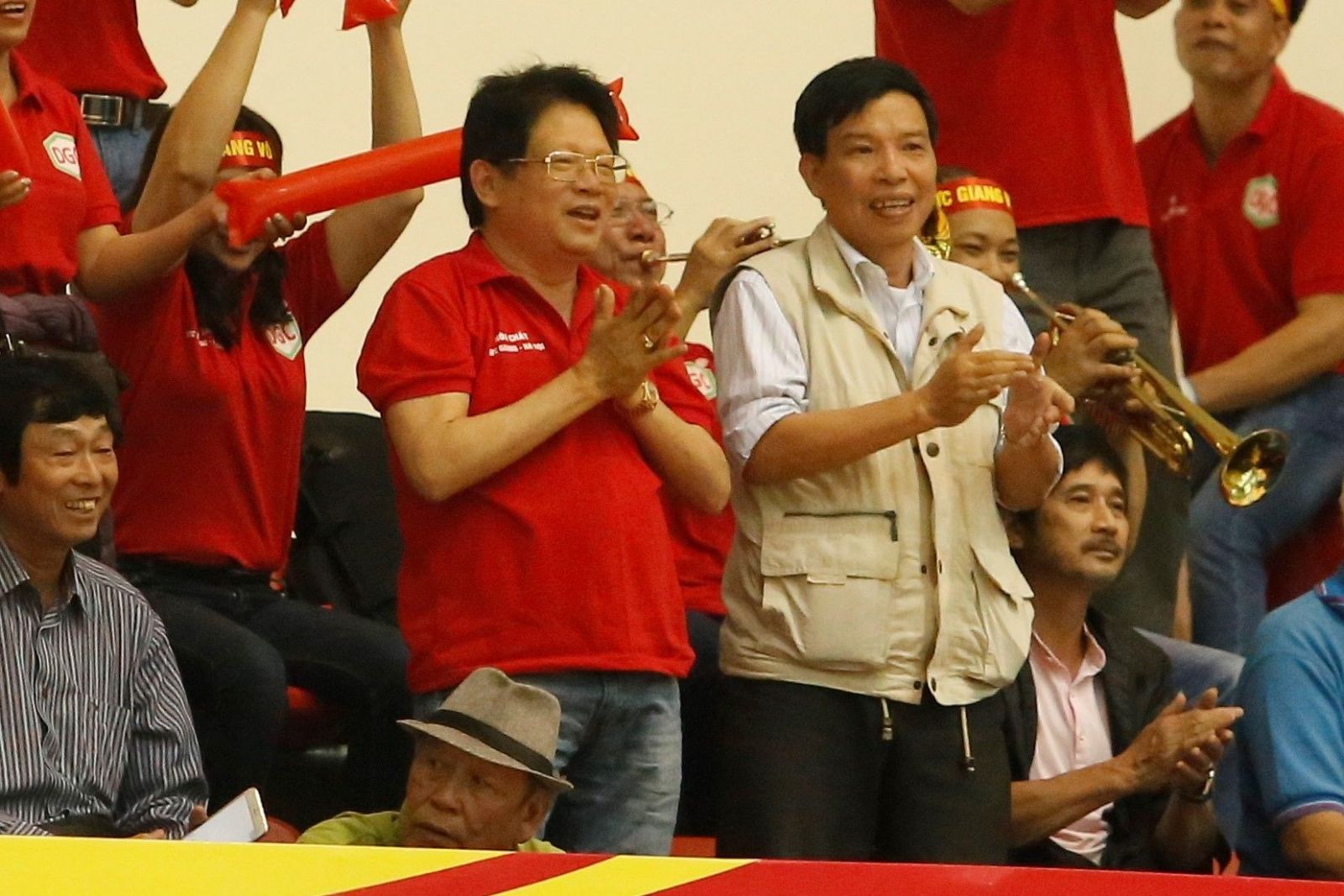
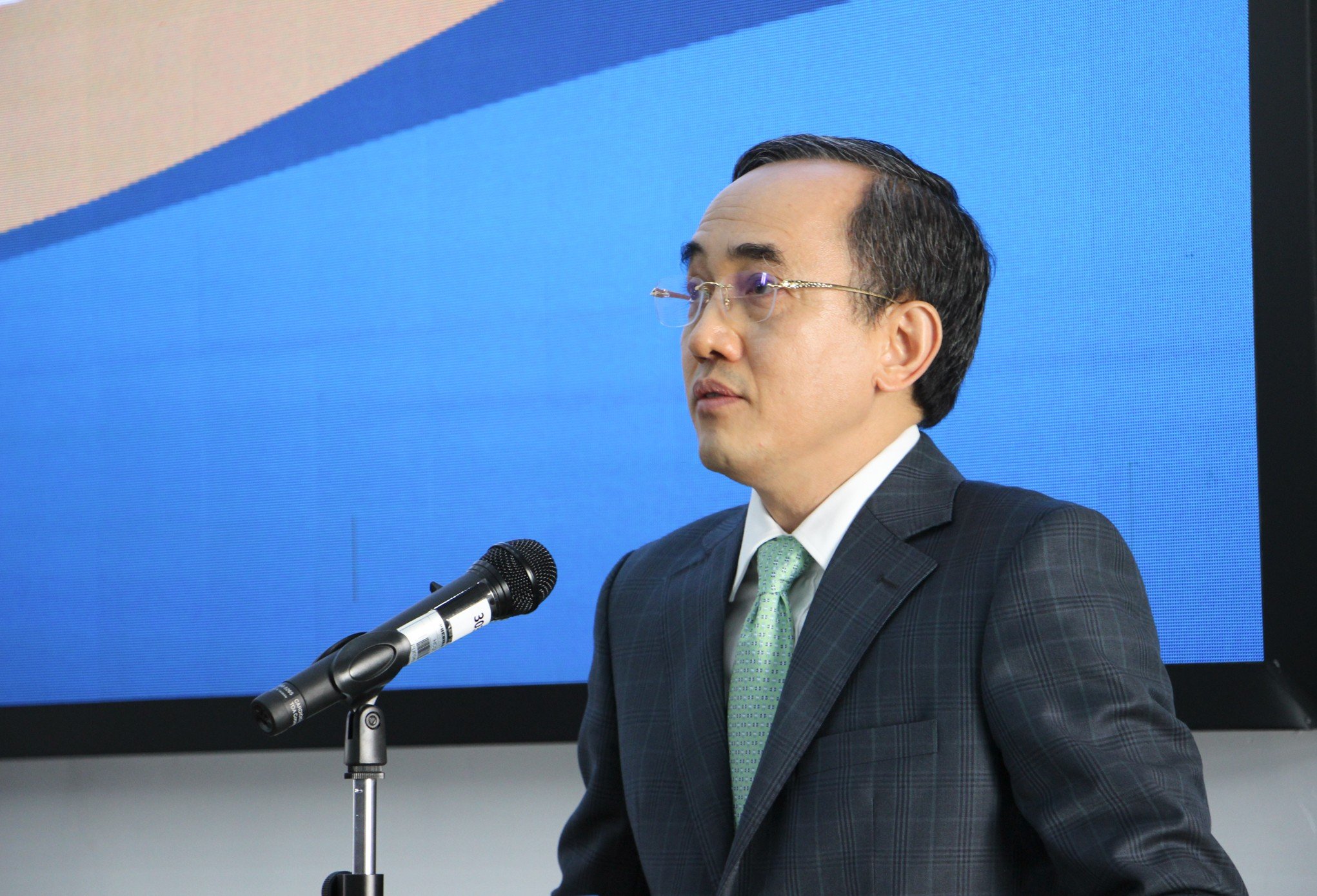

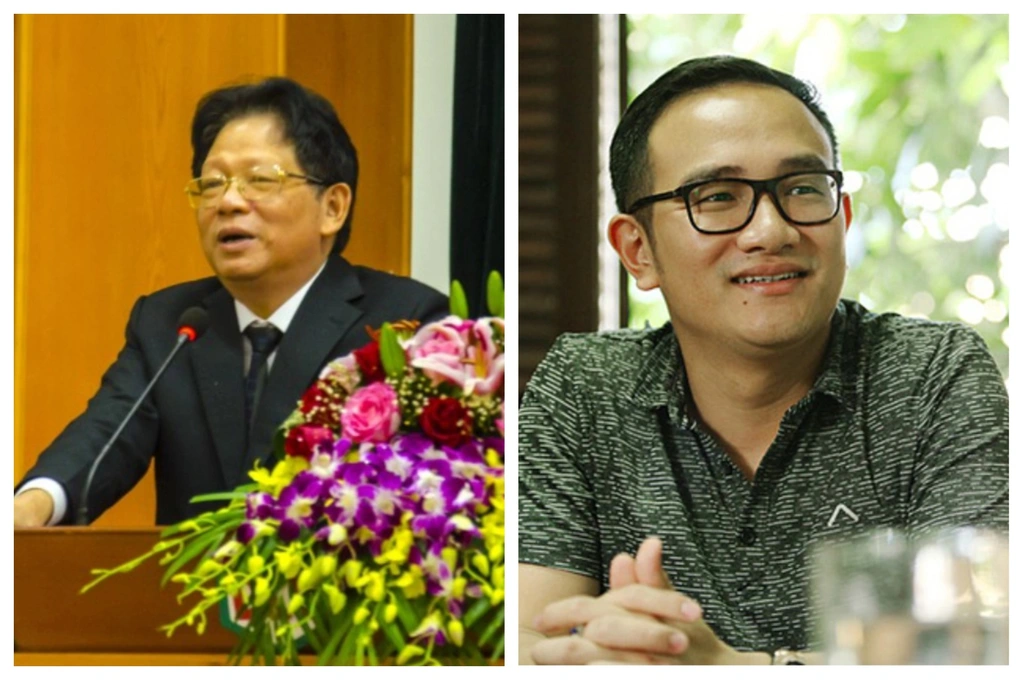
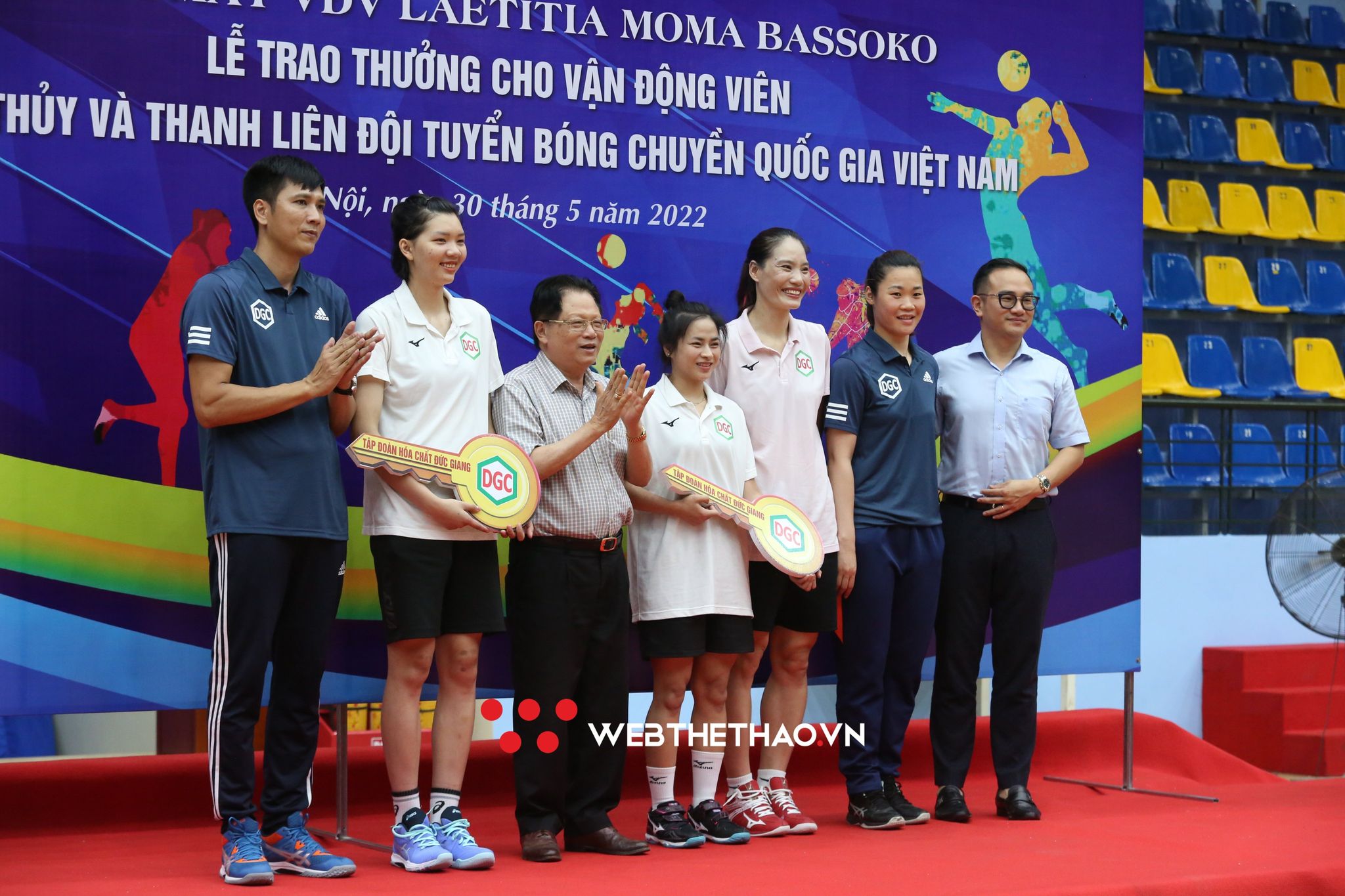








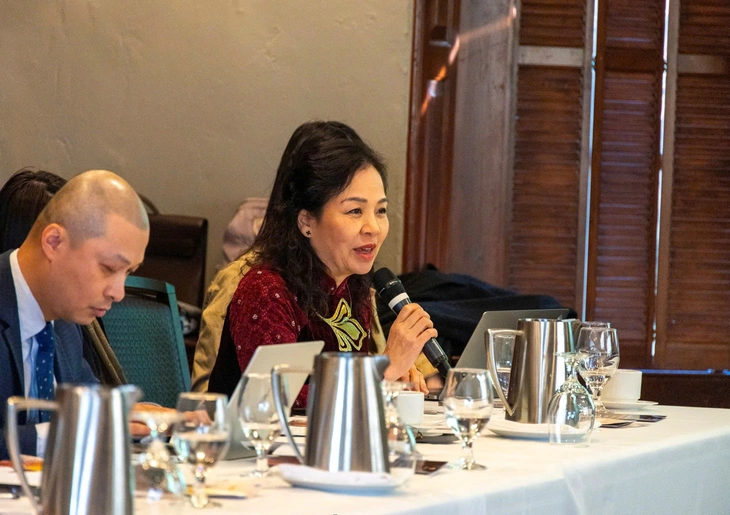
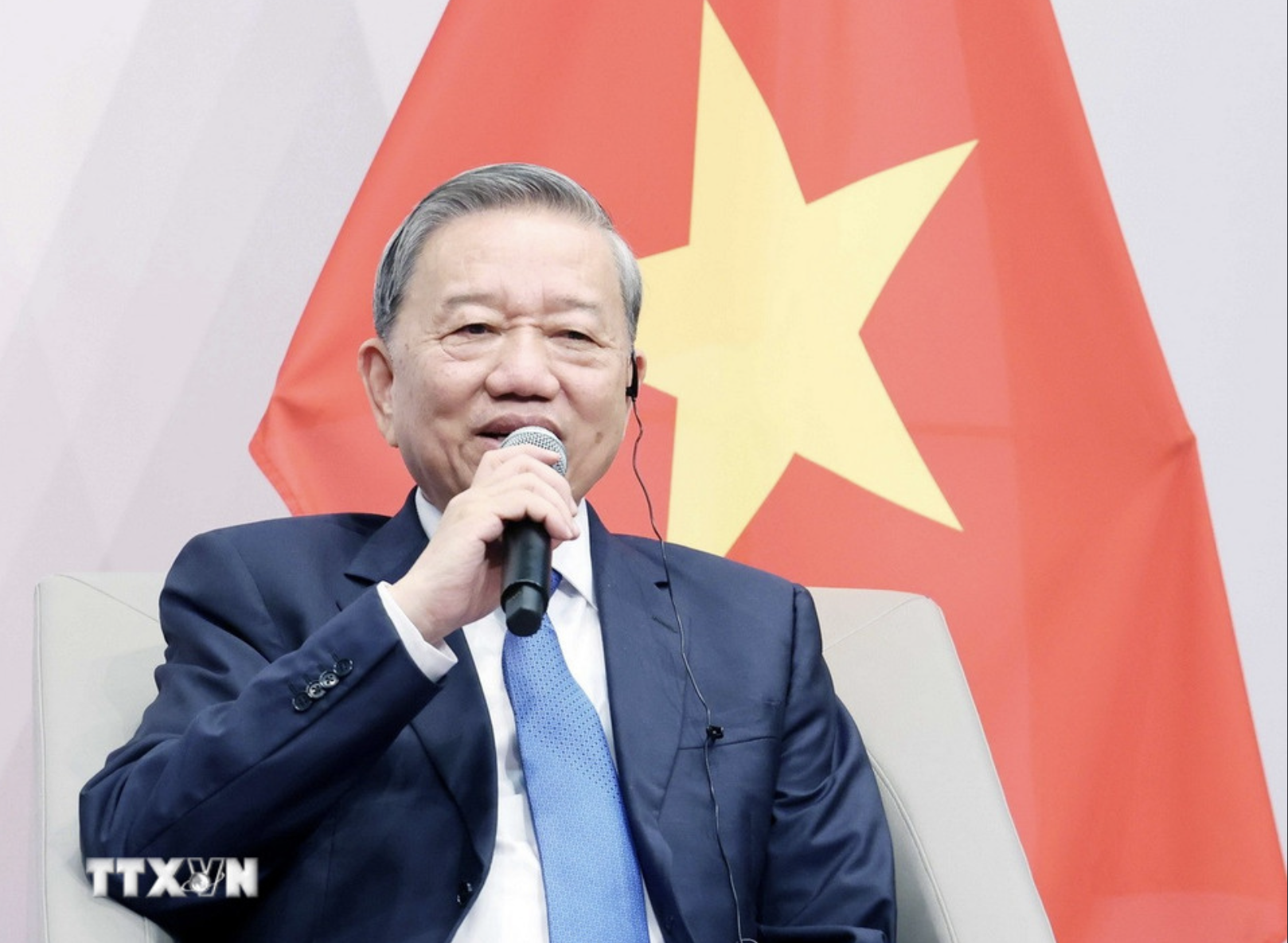

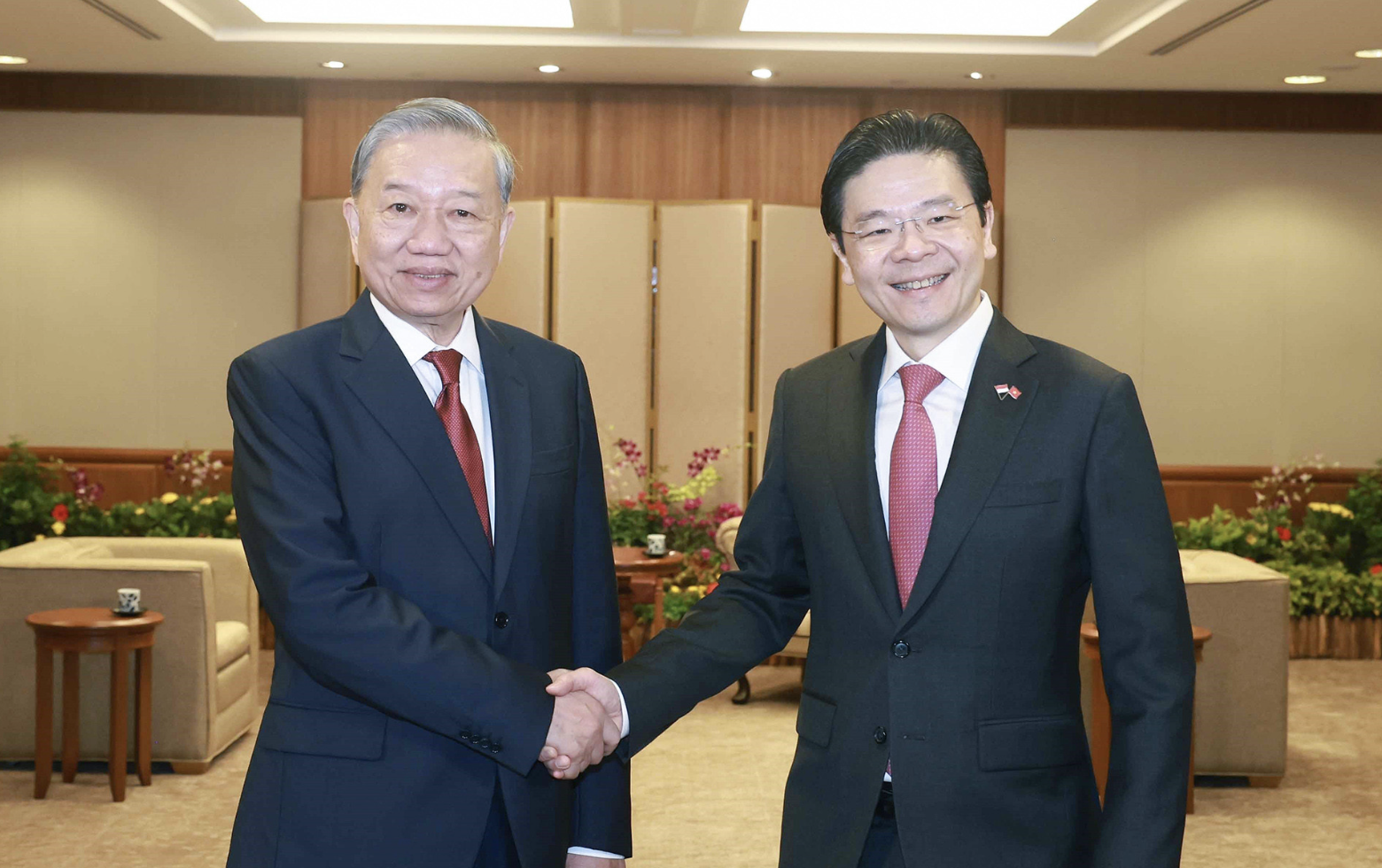





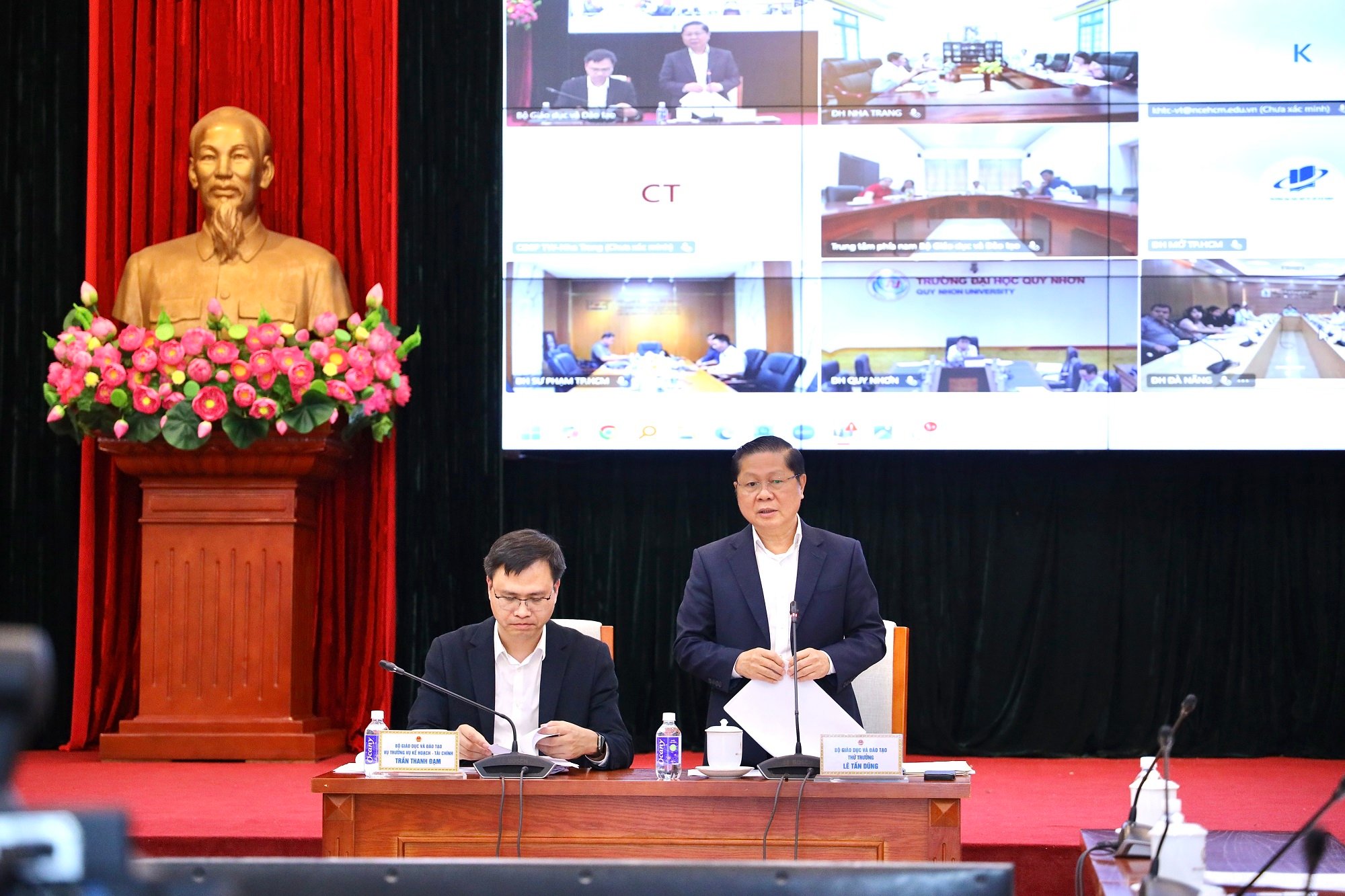

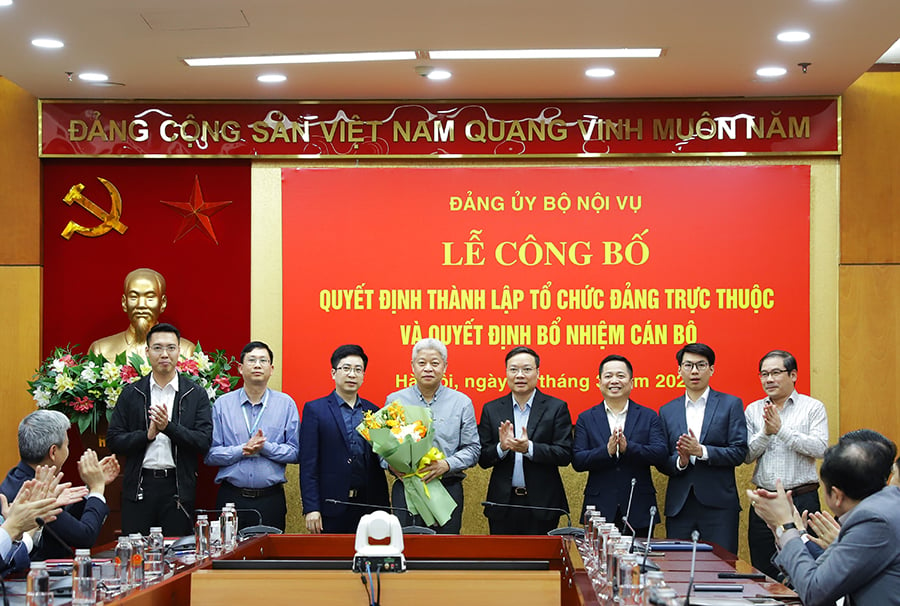









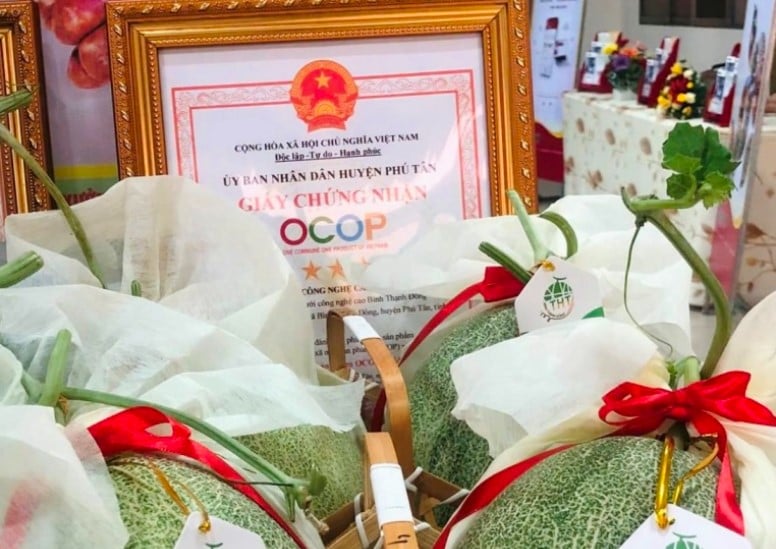



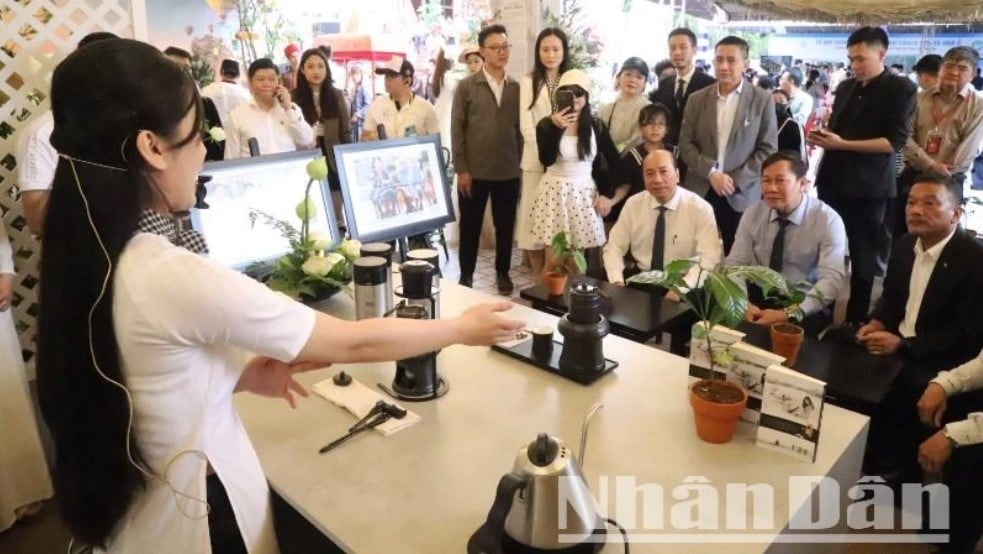
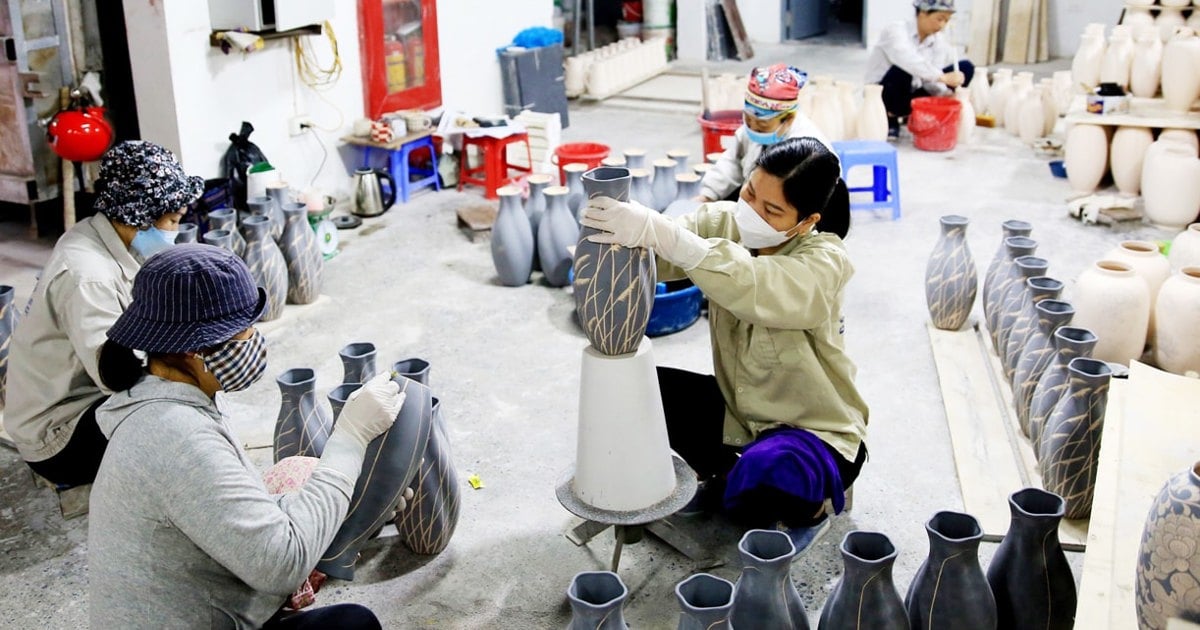
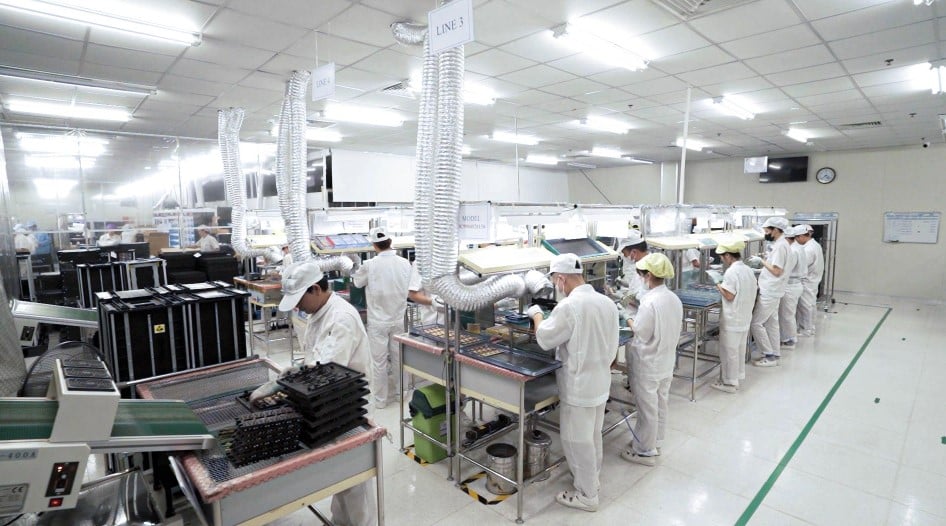

Comment (0)